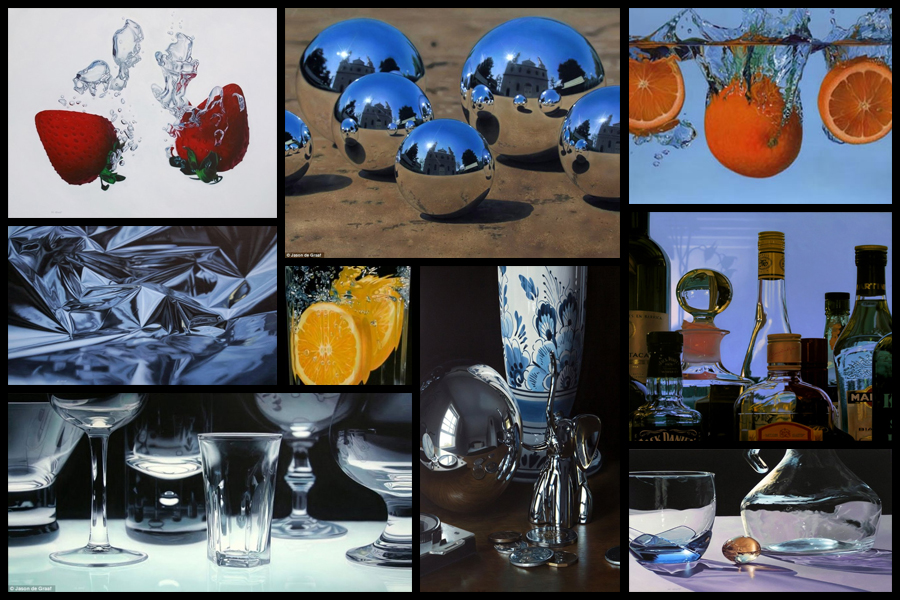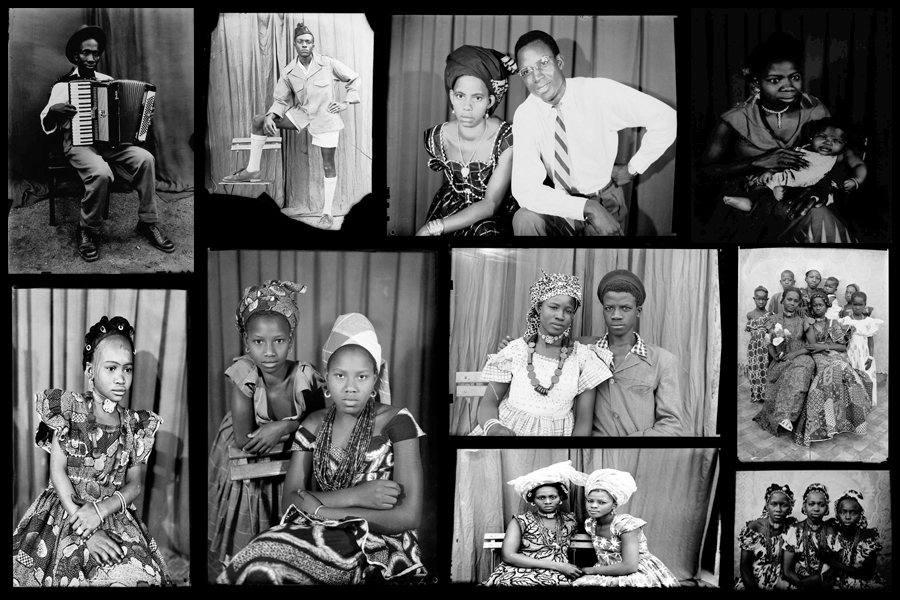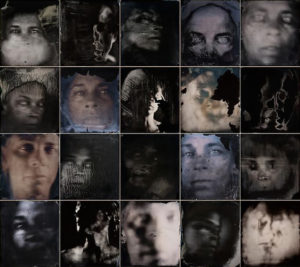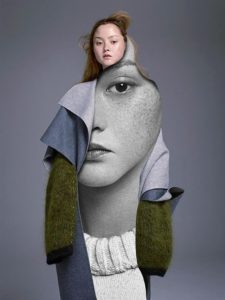For my first photoshoot I went to St Catherines woods to explore repetition within nature, focusing on the fragility and rounded shapes that are created. I also wanted to focus on light and reflections, starting to take inspiration from the photographer Rinko Kawauchi .
I narrowed down the 250 images i photographed to 63 and displayed them in a contact sheet below. I found that I liked the images that were close up of detailed patterns.
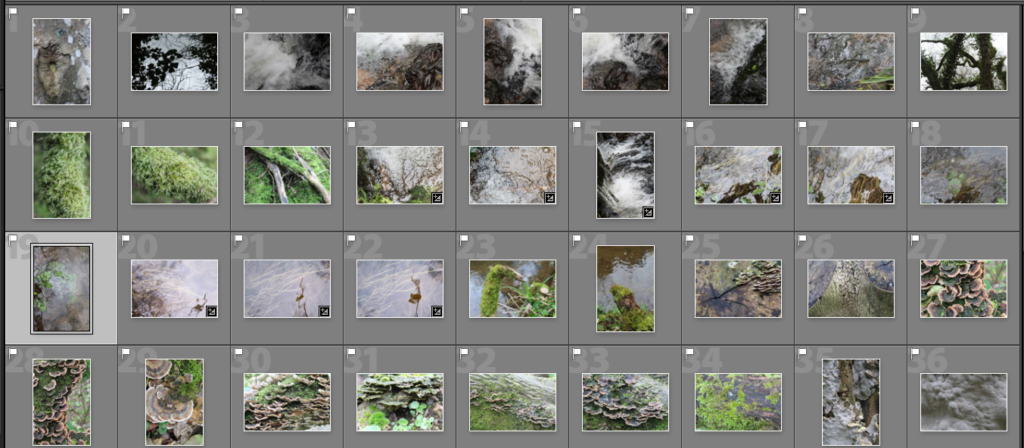
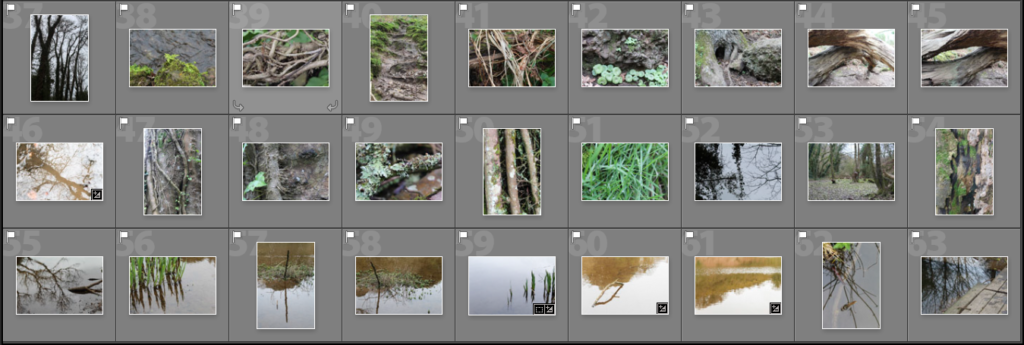
Reflection and Water
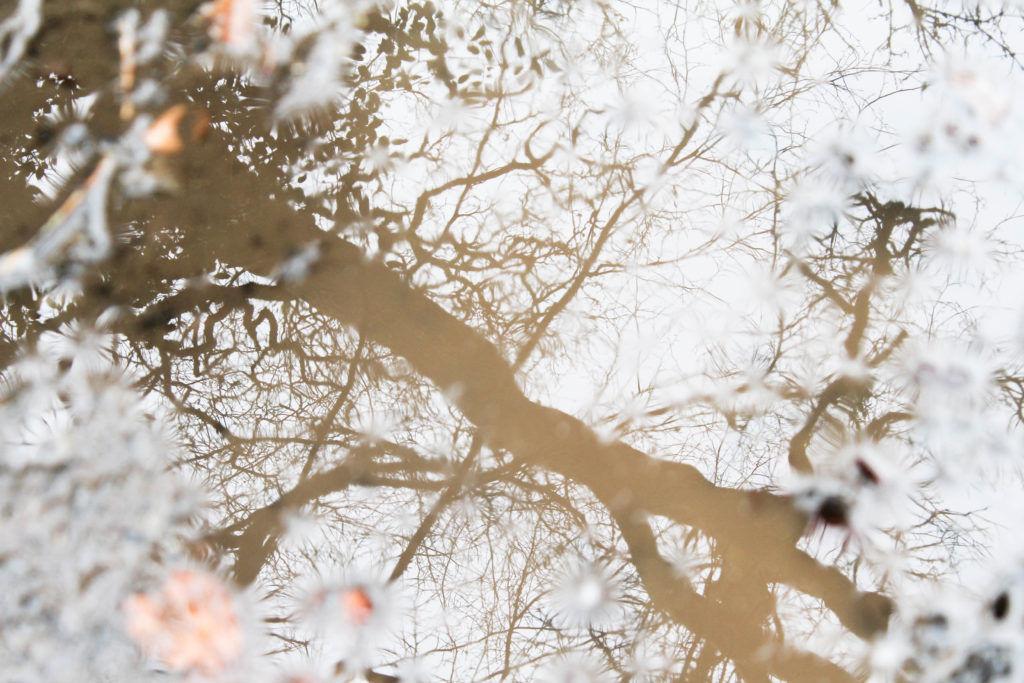

I particularly like these two images from my shoot because of the use of light in the reflections on the water. In the first image I emphasised the yellow tones of the landscape by photographing the reflection of a tree in muddy water. I tried to highlight the fragility and beauty of the tree and nature, even though it’s photographed through something that isn’t normally considered aesthetically pleasing. The mud in the water makes the reflection of the tree a yellow/brown tone which emphases the shape more. I decided to have my point of focus in the center of the image with the edges out of focus, this causes all the attention on the reflection rather than the floor around it. I also increased the exposure when taking the photo to emphasise the brightness of the sky and to interpret the work of Rinko Kawauchi. I think that this is a interesting image as instead of a straight forward photo of a tree, it uses another aspect created by nature to portray it. I also like how the tree trunk goes diagonally across, creating an interesting composition, with the detailed branches coming off the sides. I also displayed my other image below it as I think these two images work well together, both using light to emphasise the beauty of nature, both having increased exposure.
In the second image i focused on what was underneath the water and the colour of the plants, as well as the reflections of the surrounding plants. I like this image as the water moving in the stream makes the reflections of the plants blurred, creating interesting shapes. The slight reflections at the top of the image, frame the photo and create depth between the plants underneath the water. I also like how these plants are all growing in the same direction from the way the water is travelling down the stream, which is them contrasted to the reflection going vertically down at the top of the image. To me , the main focus point of the image is the darker reflection of the plant that off center. This is because its the closest aspect to the camera, and is the darkest point so is the first thing the audiences eyes are drawn to. Also because it is the only reflection that the audience can tell is a pant, as it closer and more of it is shown. I think that the nature in this image is emphasised as there isn’t anything man made, and portrays the plants how they have naturally grown. Another aspect i like is the drop of water that has created a ripple on the plant shadow as it also creates a blurred effect. In later photo shoots i could experiment with creating ripples like this on water. I think that both images take inspiration from Rinko Kawauchi but still look like my own style and interpretation. For further photo shoots I could look more into how Kawauchi takes her photos to interpret her style more.
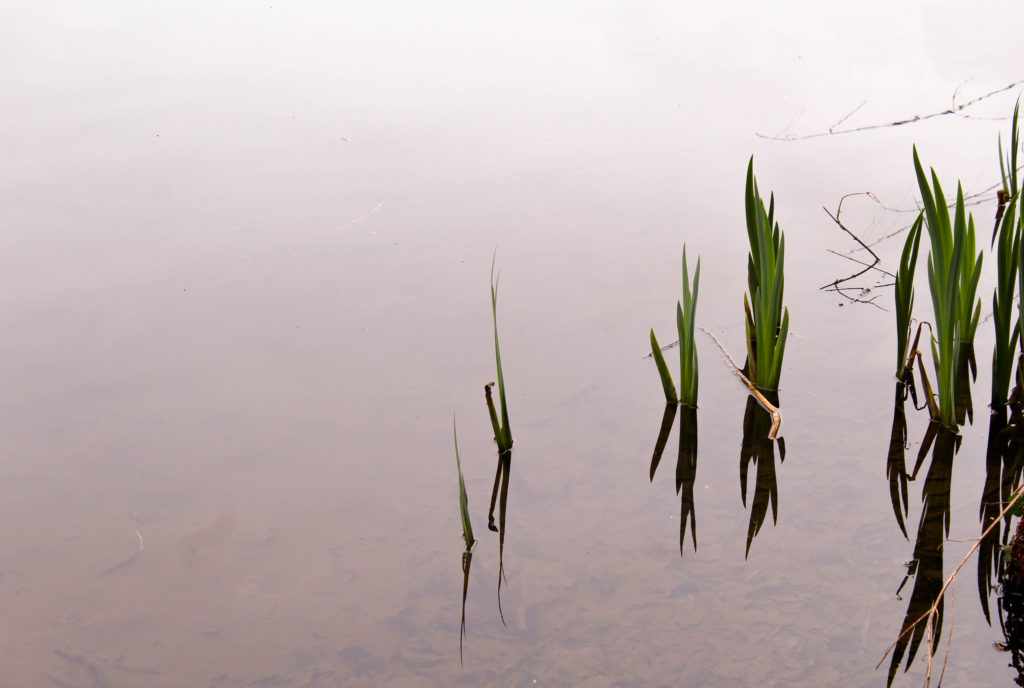
I also like this image because of how I used the negative space to make the plants and reflections stand out. When photographing, I tried to zoom in on just the plants in the water and to take out anything else. I chose this image to display as i like the reflections combined with the plants that make interesting shapes. I wanted to emphasise a feeling of calm by using the over cast weather that day to my advantage through the reflection from the sky on the water being grey/white. I like how the water goes from white at the top of the image, to darker grey/brown tones towards the bottom starting to show the ground underneath. This creates depth in the image emphasising another aspect of nature. The bright green colour of the plants is contrasted to the colour of the water, making it the first point the audience looks . To edit this image i could crop it so the space above and below the image is the same, creating a more aesthetically pleasing image. I could also experiment by changing the tones in the water to see if any other colours would go well with the green on the plants, as well as edit the water to all be the same tone so that there weren’t any darker areas. This would further emphasise my use of negative space.
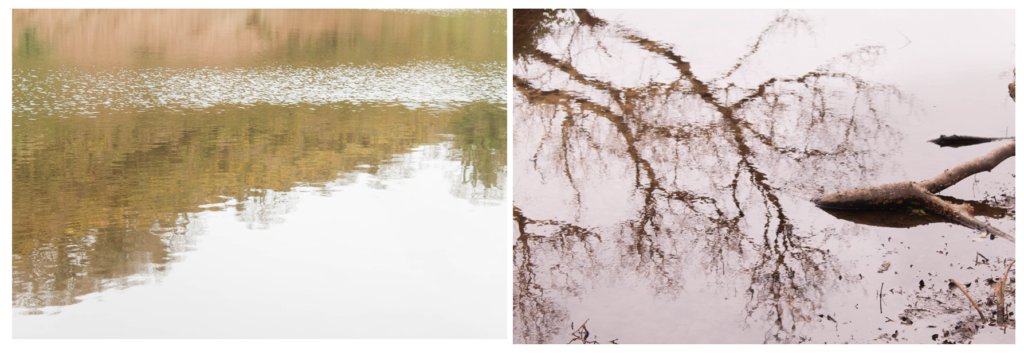
Repetition
I also wanted to explore repetition and round shapes in nature as well as reflection. I think these images are completely different to the images of the first half of my shoot as i wanted to experiment by photographing in different ways to see if I prefer one technique over another, and to generate new ideas for my project.
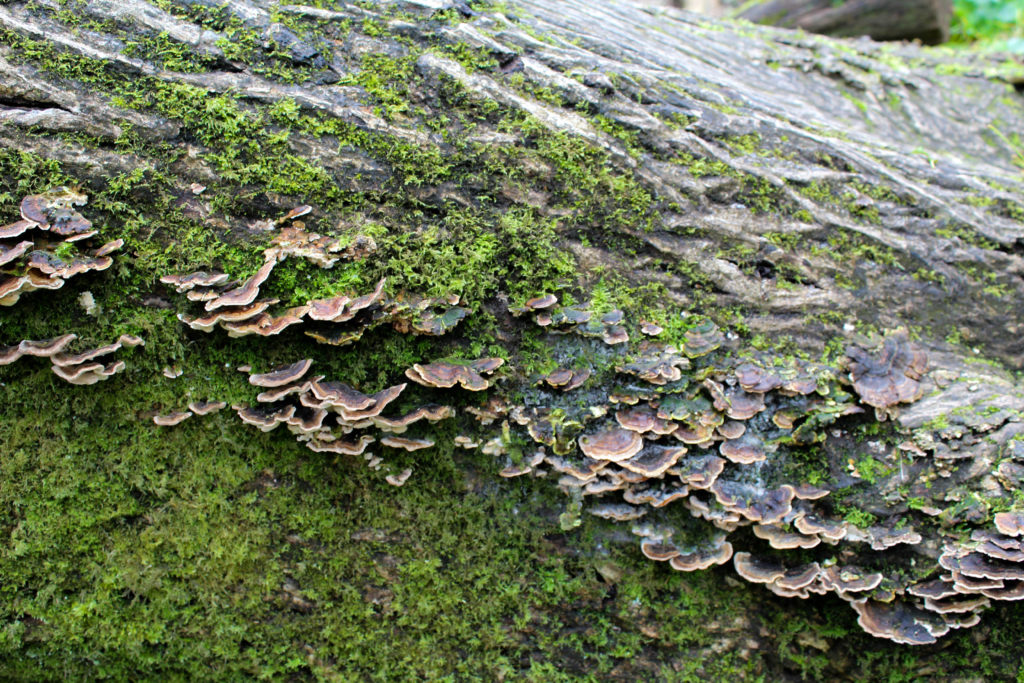
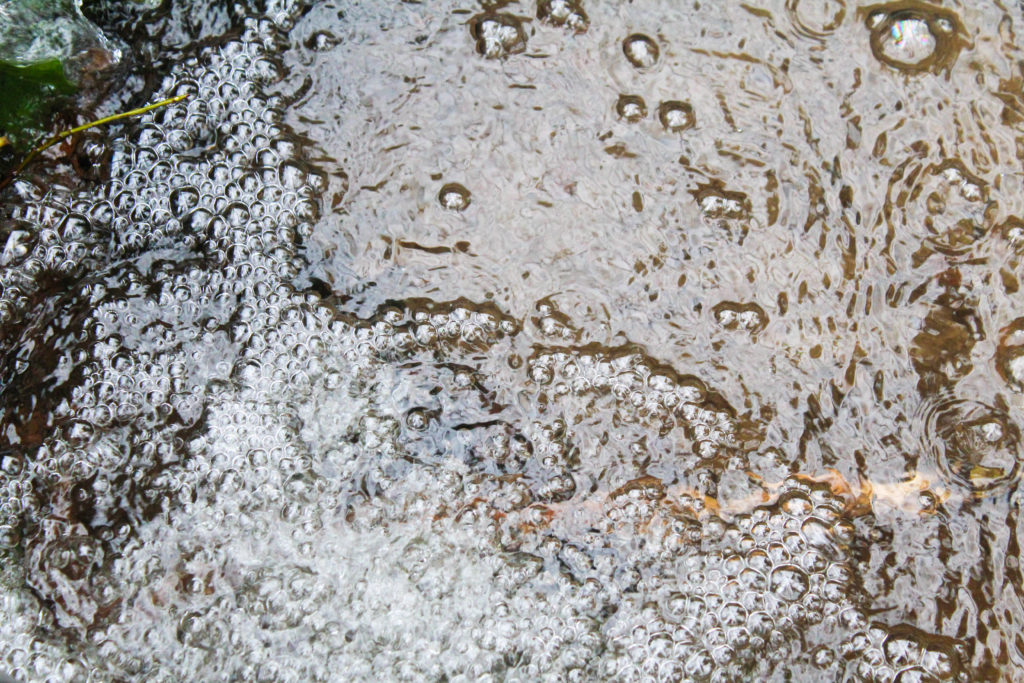
I found i was focusing on close up patterns of different textures as they look interesting when there’s more to look at. The first image is of a tree trunk on its side as I thought that the different sections of patterns create an interesting photo. The top part of the image is the pattern created from the bark on the tree. The detail is emphasised by the ranging dark to light colour, highlighting the curved lines. The center part of the image is of ” naturally grown, this section adds even more texture to the image and is a completely different pattern to the other parts of the image. These shapes interested me as they were different to any other shapes I found, the light to dark brown colours contrasting against the green on the bark adding more emphasis to them. The bottom section of the image is green and brown textured pattern which again contrast to the other sections. I like how in this image the pattern are diagonal across the image, emphasising on how the tree has naturally grown until it fell over. Overall I like this image and think that it would go well paired with another image if I were to use it in a photo book or display as the green/brown tones will complement or contrast well to other colours in nature.
The second image I took of the bubbles creates by the stream where the circle pattern is repeated. I photographed the image so that this pattern took up just over half, which is then contrasted to the water with a different rippled pattern. I also tried to emphasise the white in the image, that is the white sky reflected on the water as I think this emphasises the shadows as there is more contrast. I like how theres a division between the bubbles and the rippled water from the shadows as it makes the patterns looks more textured and noticeable. In also like how the darkest point of the image is the right side, where the darker rock is beneath the water, which is then contrasted to the white bubbles in the center of the image, which is contrasted to the brown/white tones on the right side. This splits the image into three different sections and creates an interesting composition. I think that this image would work best displayed with another image, rather than by itself as I think that if it was contrasted to another pattern it would be more powerful.
In the third image I focused on the patterns on the bark of a tree and the different tones that are portrayed . I particularly like the composition in this image as the two parts where a branch has been cut off are on the top and left corners, not showing the whole circle. I like this as it fills up the whole image with interesting patterns and create a symmetrical image. The image is not completely symmetrical as the branches have grown naturally as different sizes and in different places, emphasisng how nature is unpredictable. I think that the colour of the two cut off branch dark brown/green contrasts well with the colour of the light green bark. I focused the camera on the center section of the image as I wanted to emphasise the texture and shadows that the bark had created and the beauty within it.
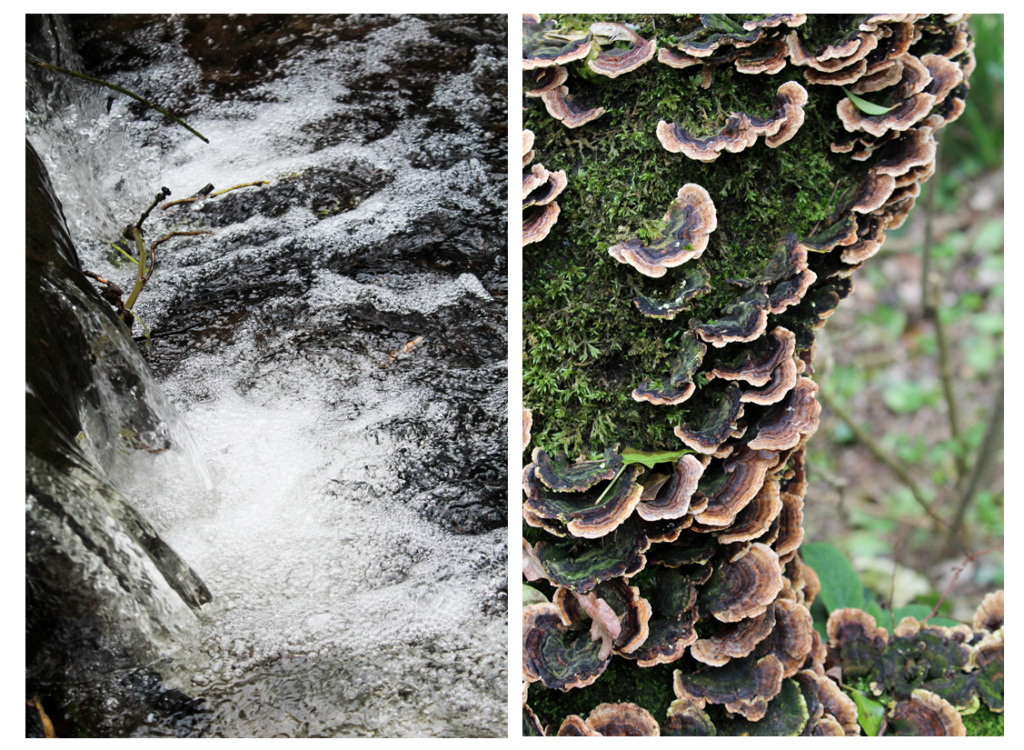
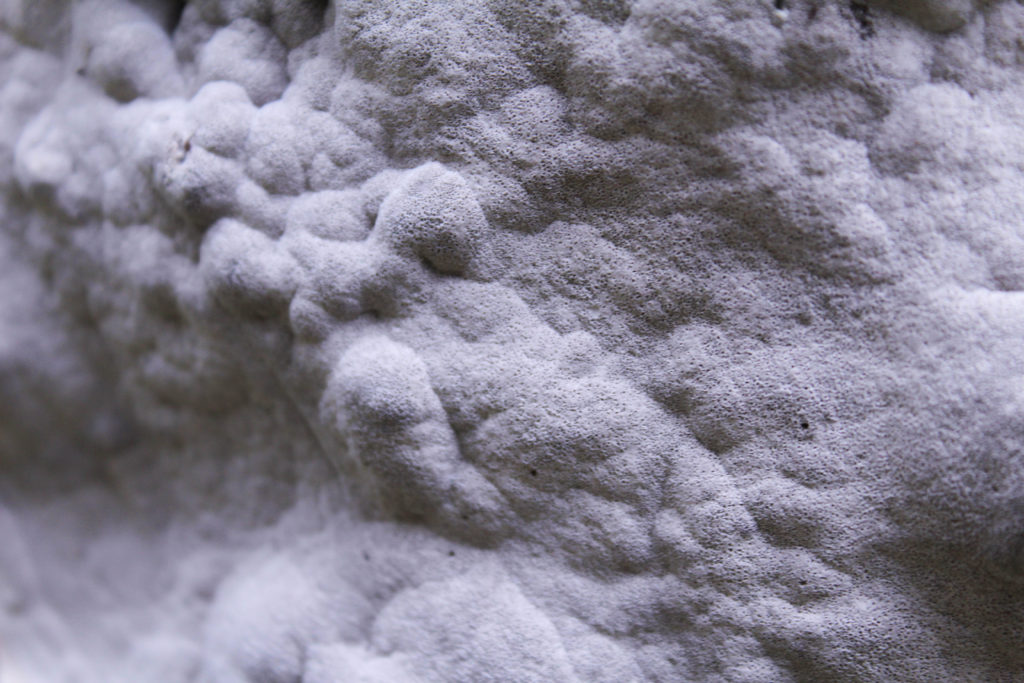
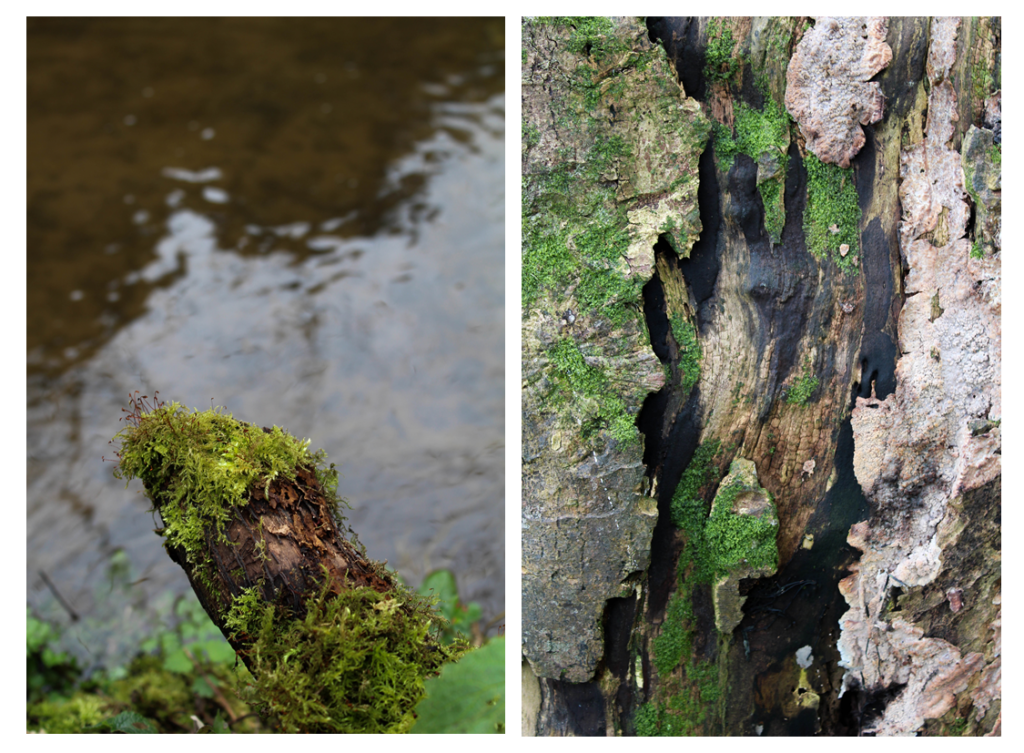
Conclusion
Overall, I think this photo shoot went well and gave me more ideas the I can experiment with in future shoots. For my photo shoot where i look at the movement of water, i want to try and add more ripples to flat water, like in one of the image in this shoot to see the outcome. I also want to interpret the work of Rinko Kawauchi further by focusing more on light and perhaps focusing on fragility more in a feminine way. I think that the final outcomes from this shoot were good but i want to develop the concept of my project further and find the meaning behind the images other than my own personal appreciation fro nature. To do this I will research more artists and find inspiration from them.

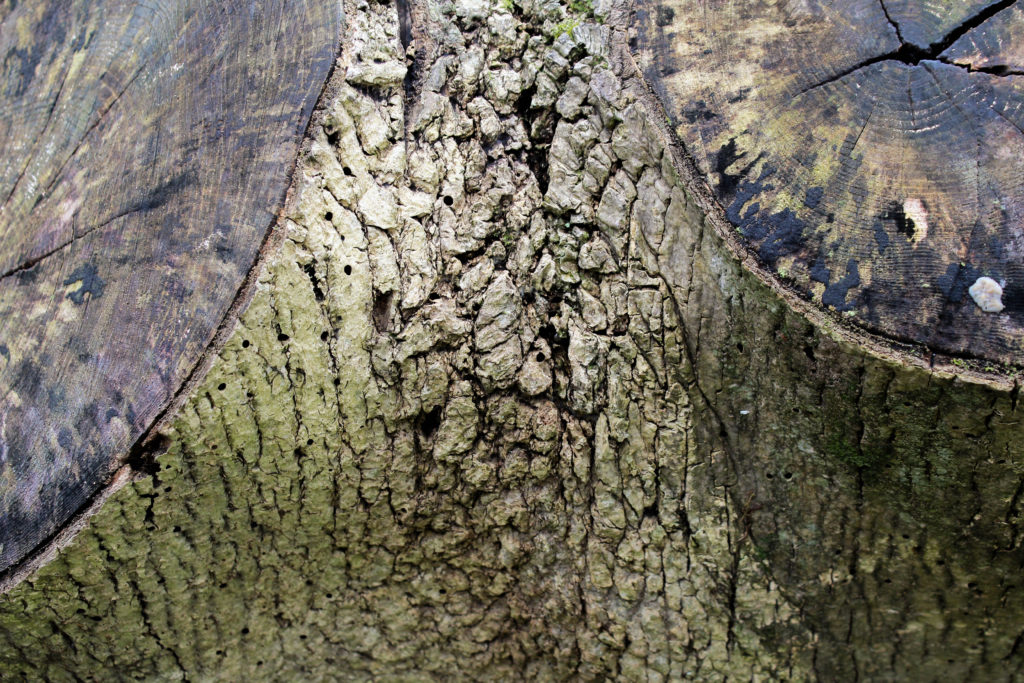

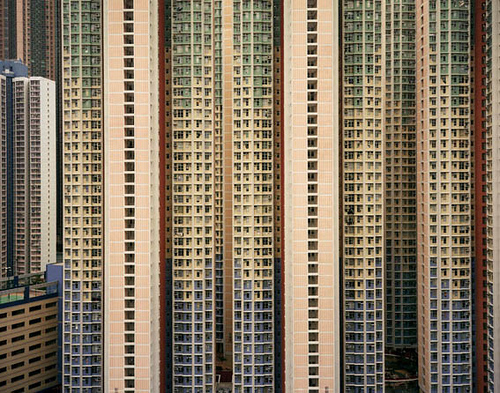
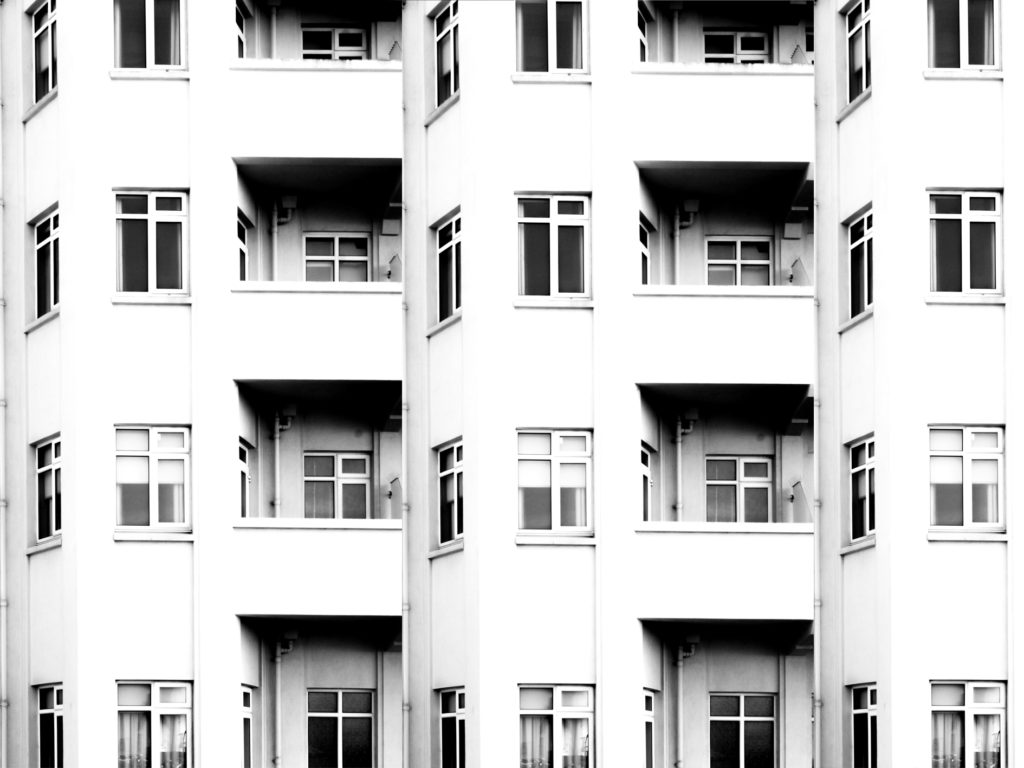
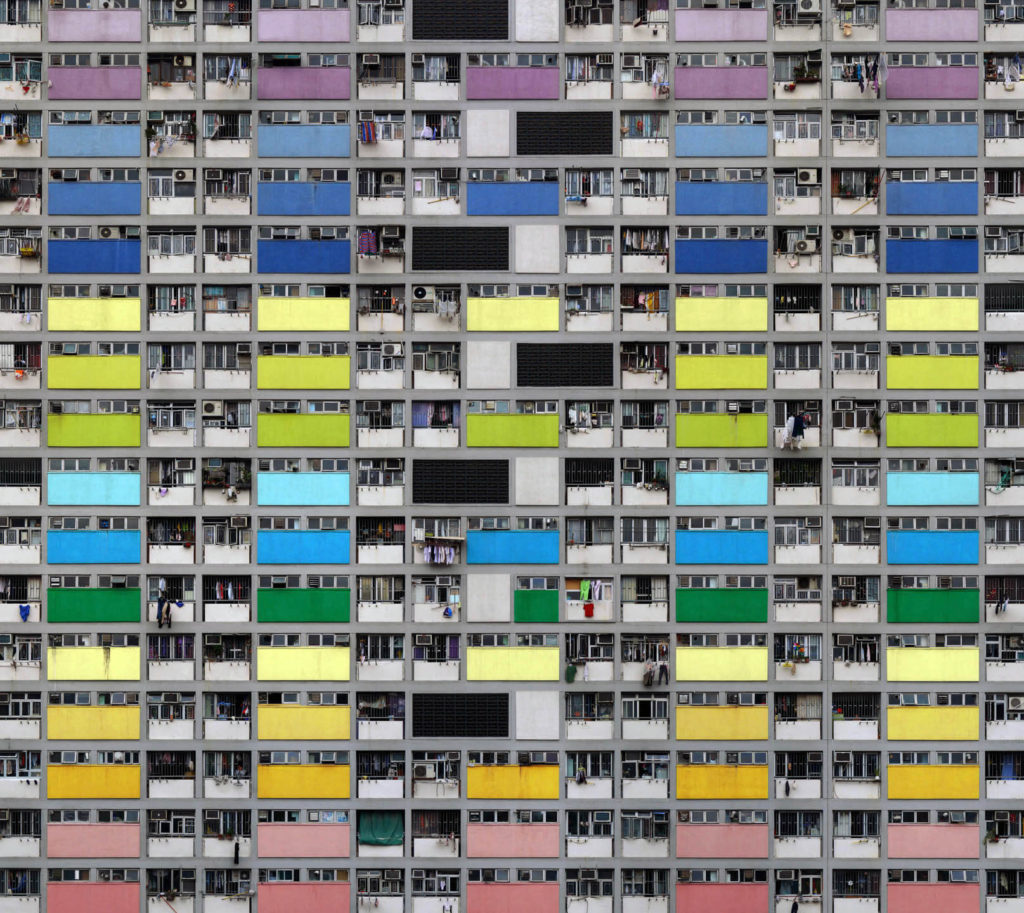
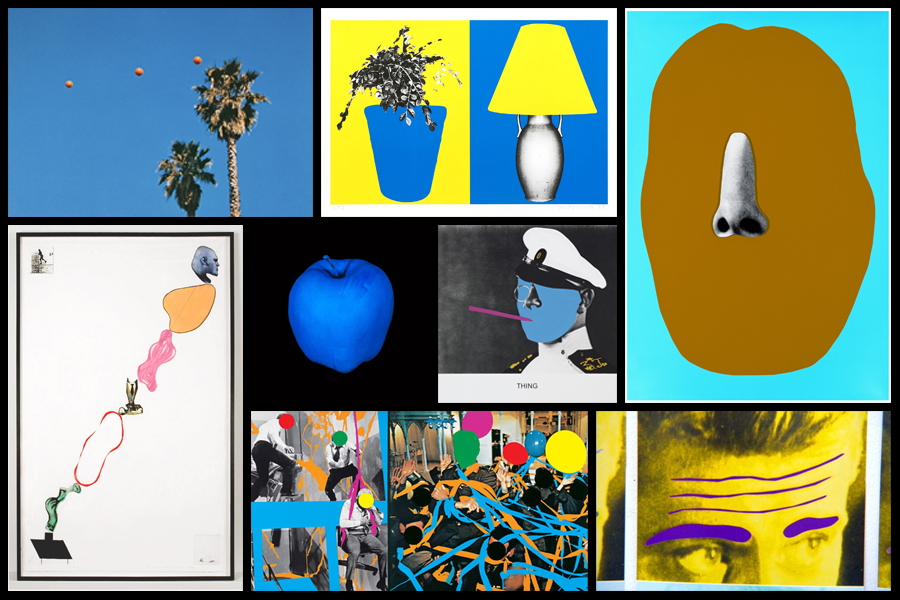

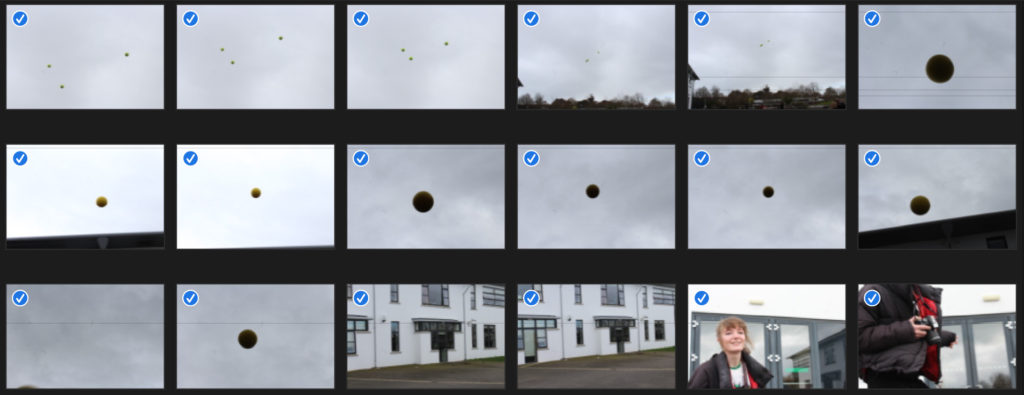

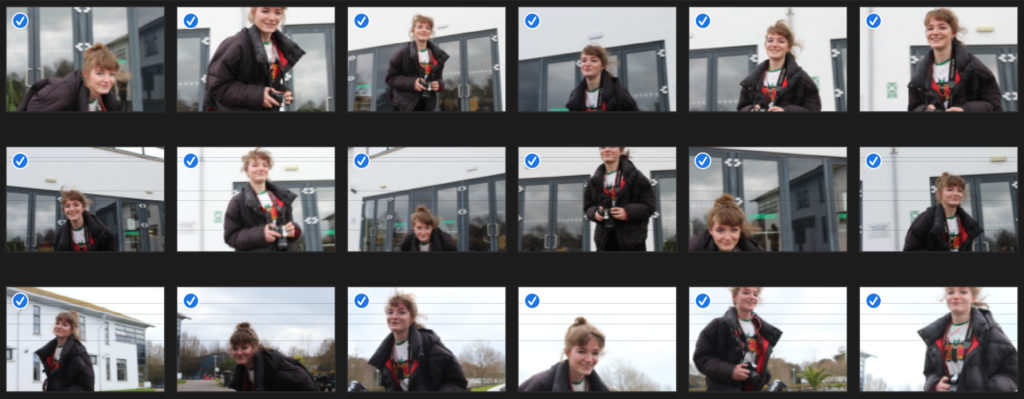
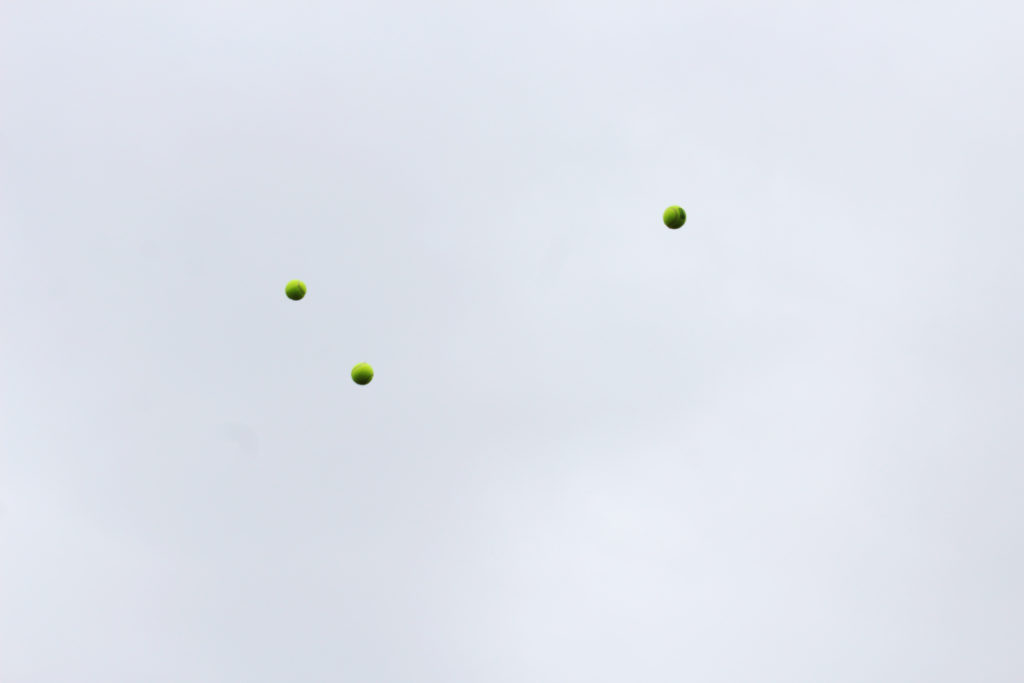
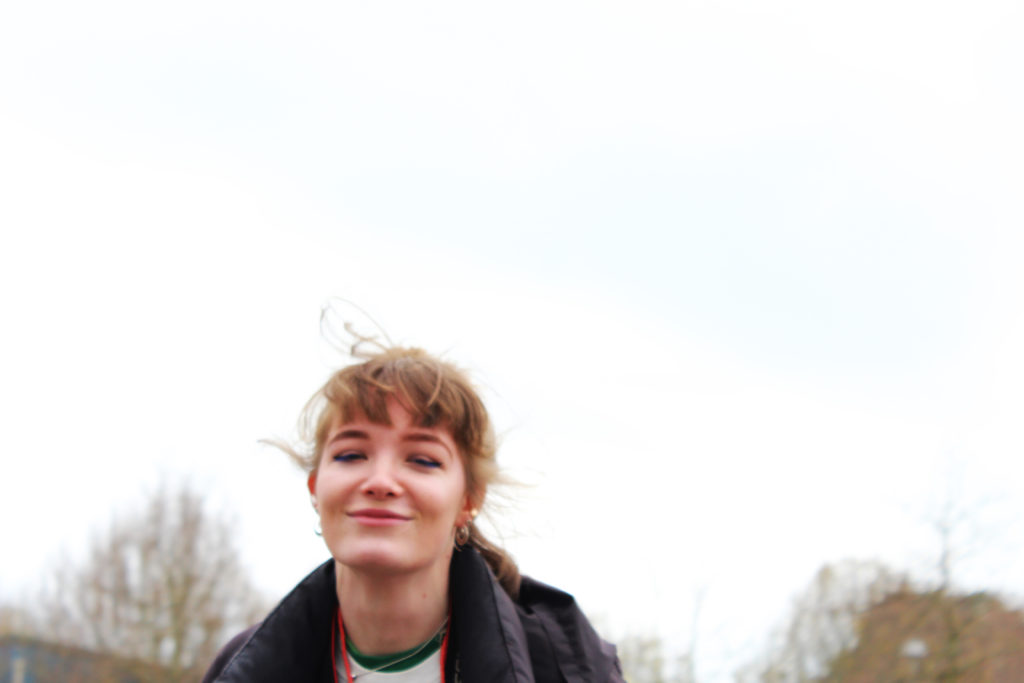




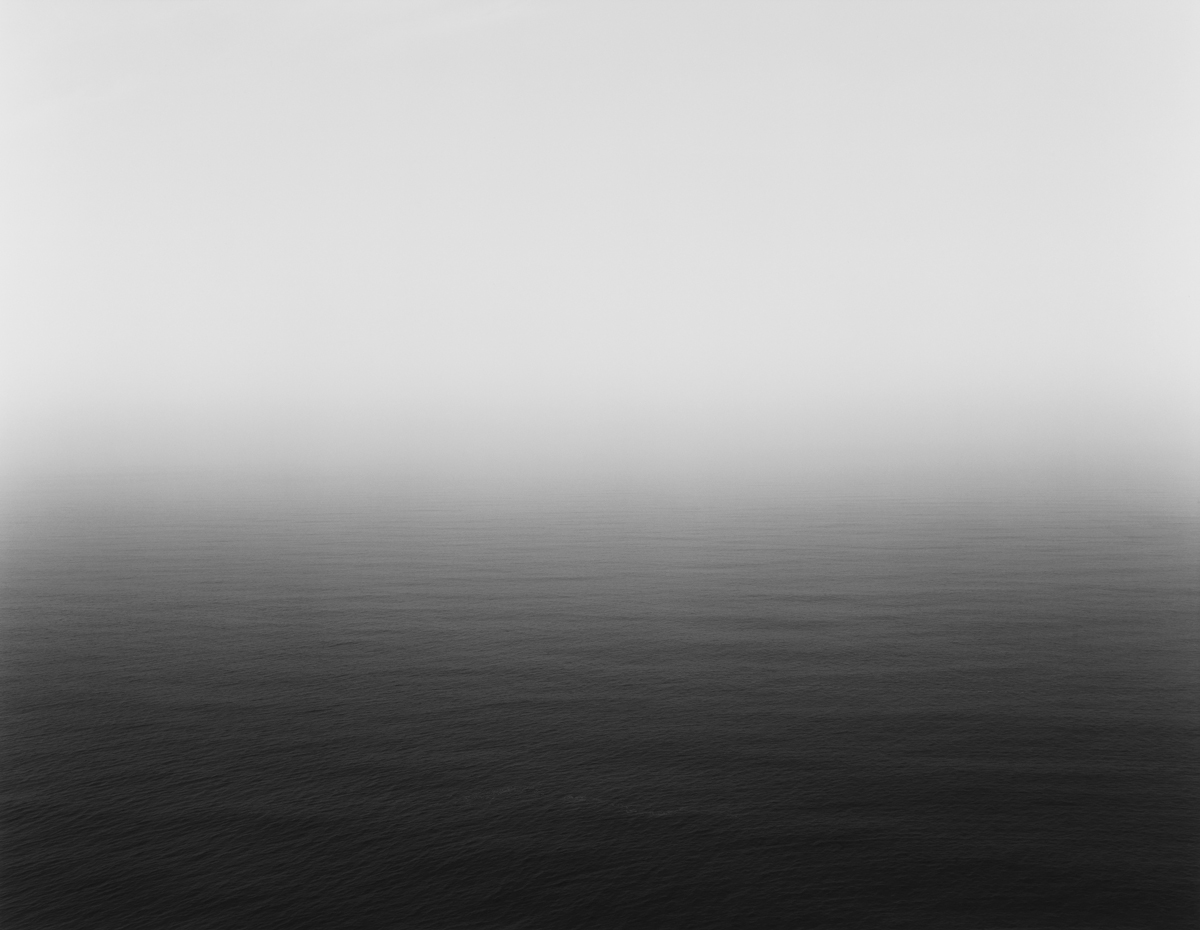
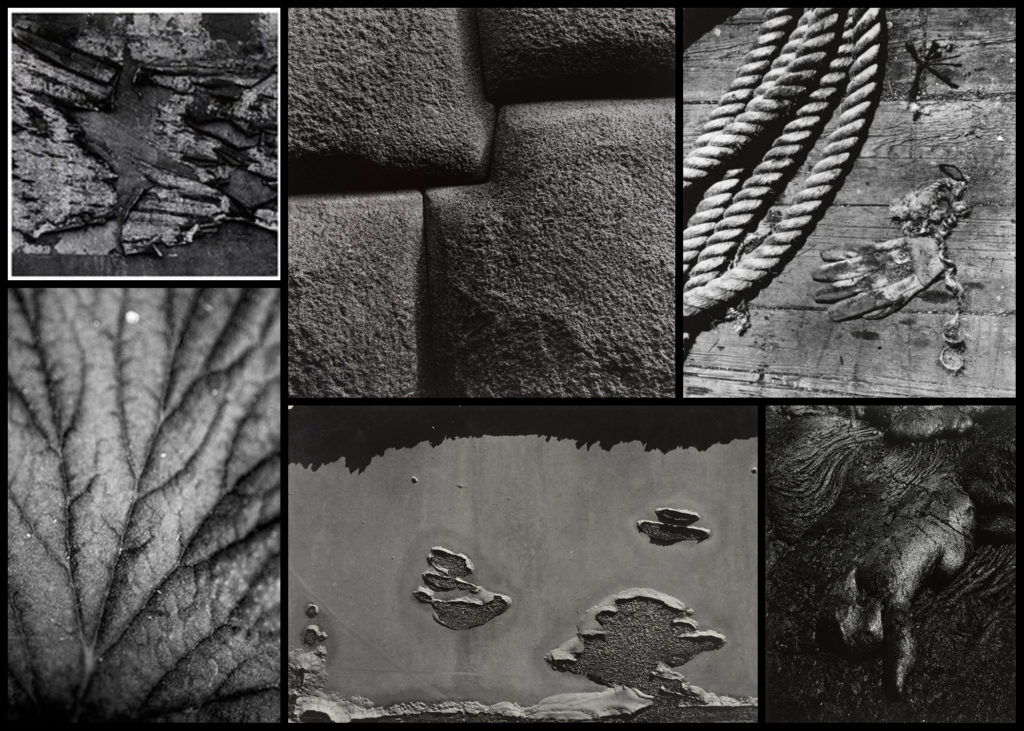

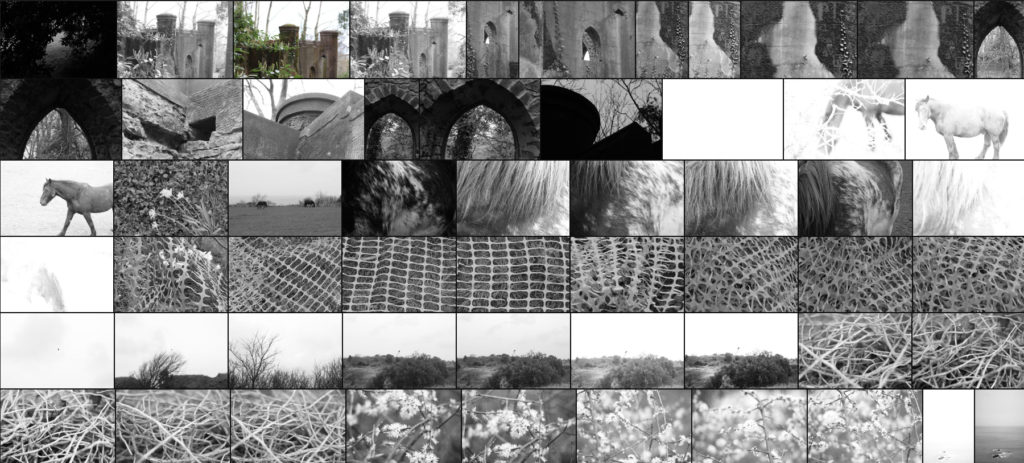
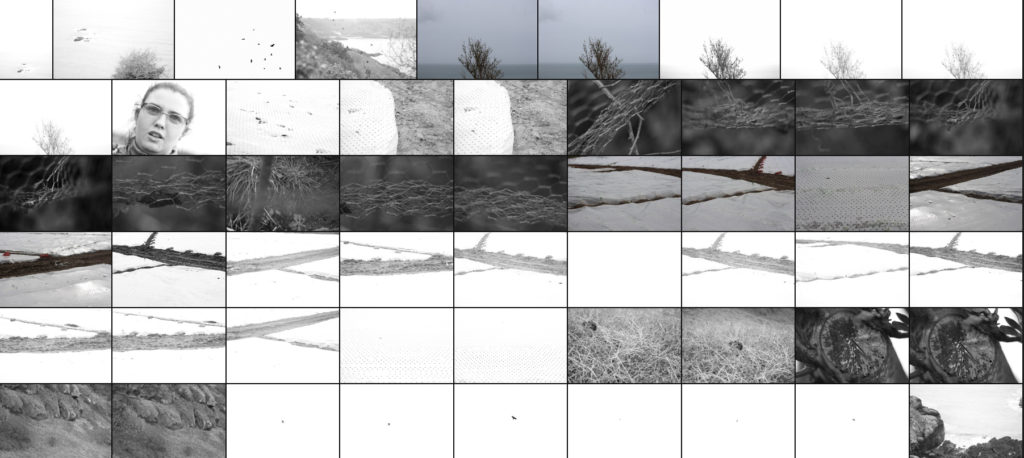
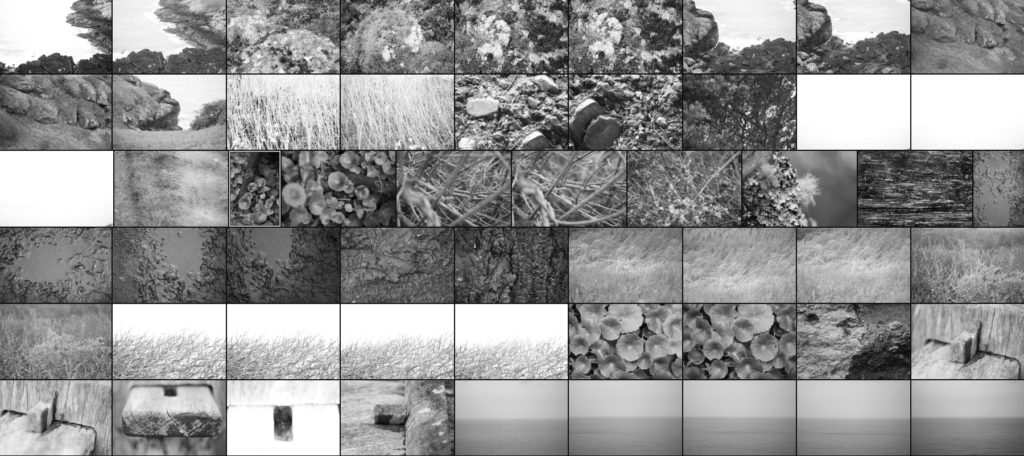


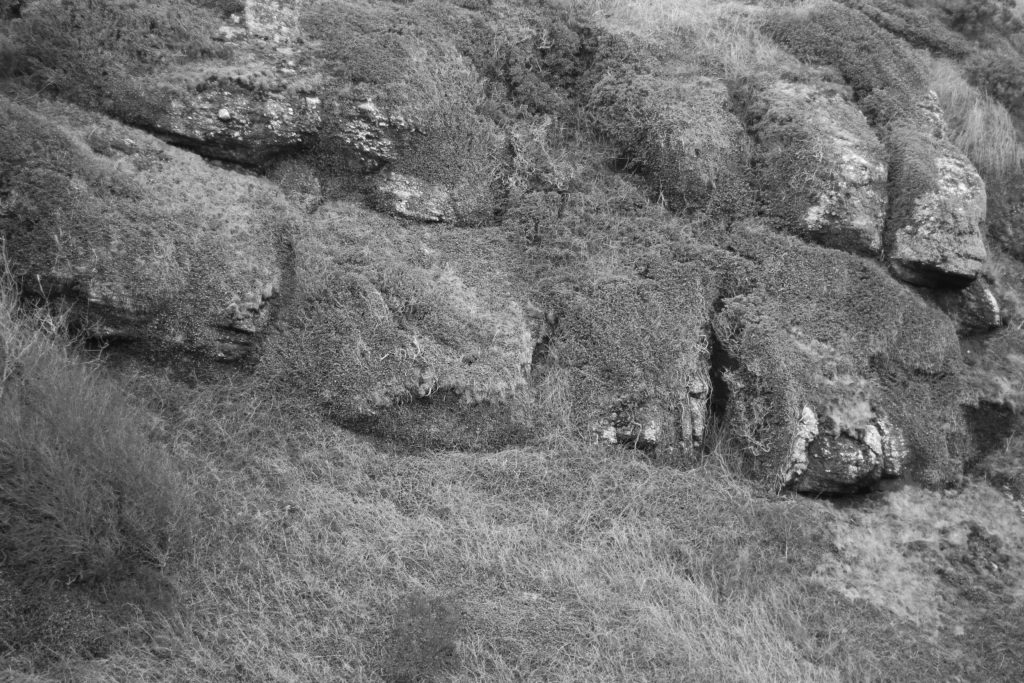
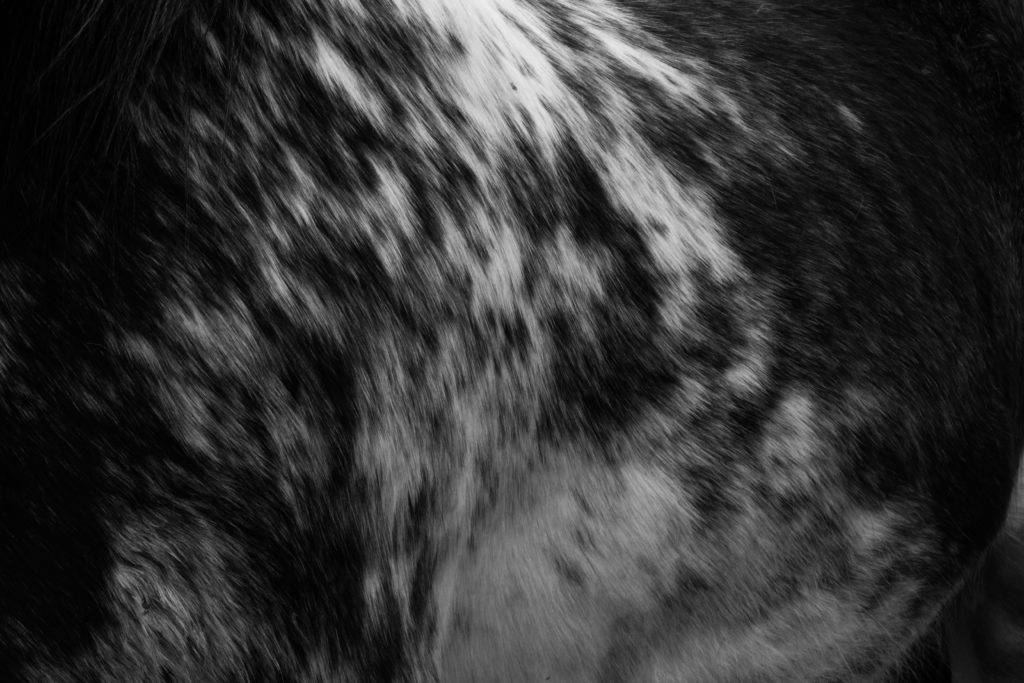

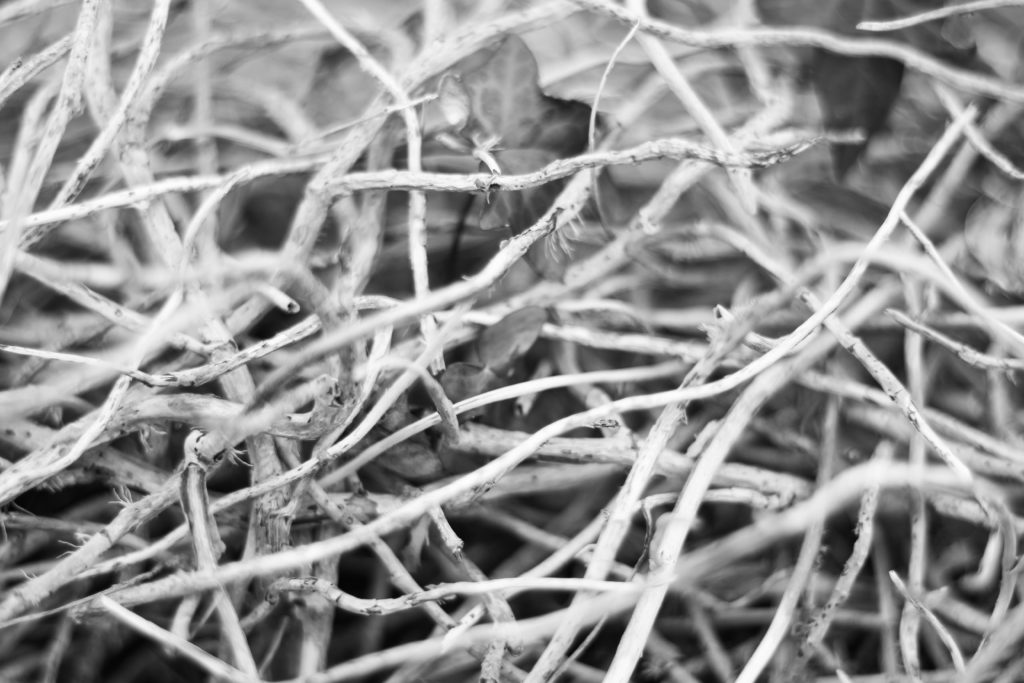
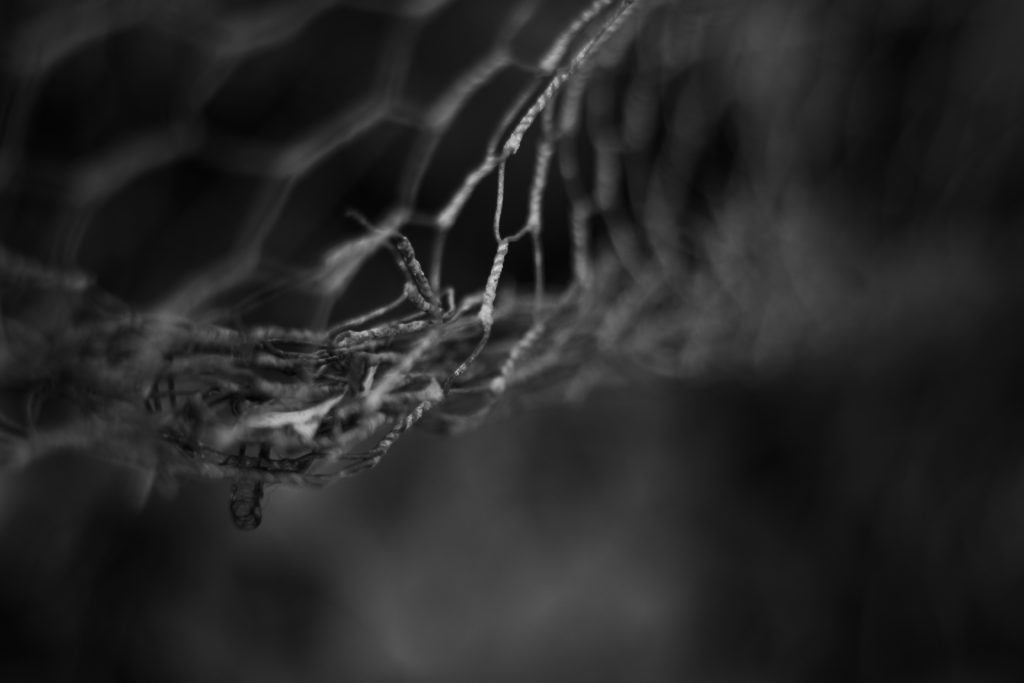

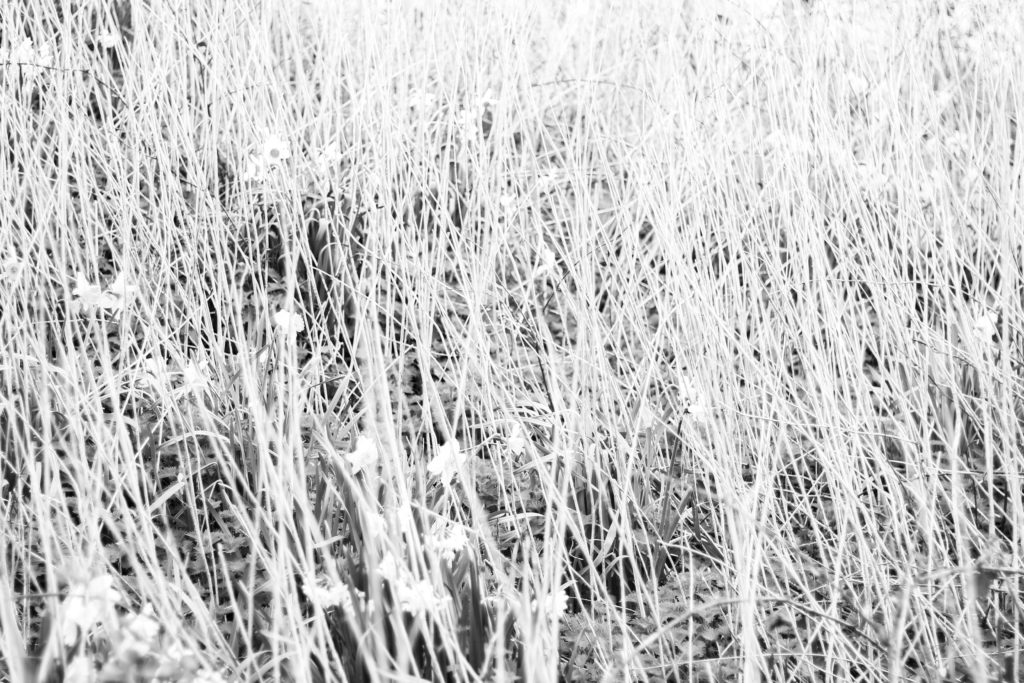

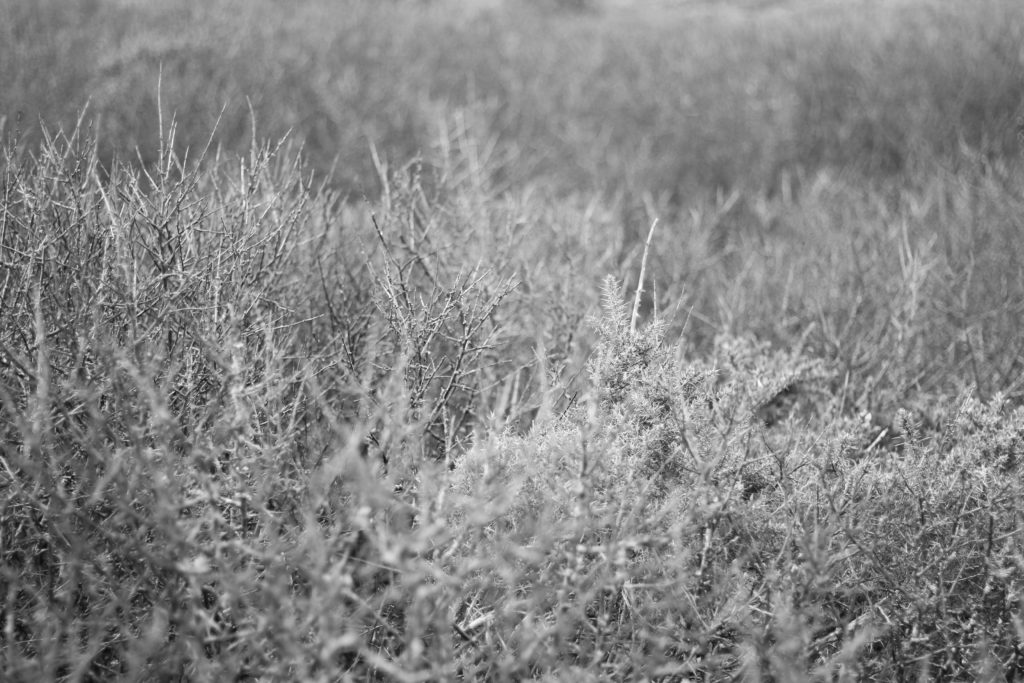
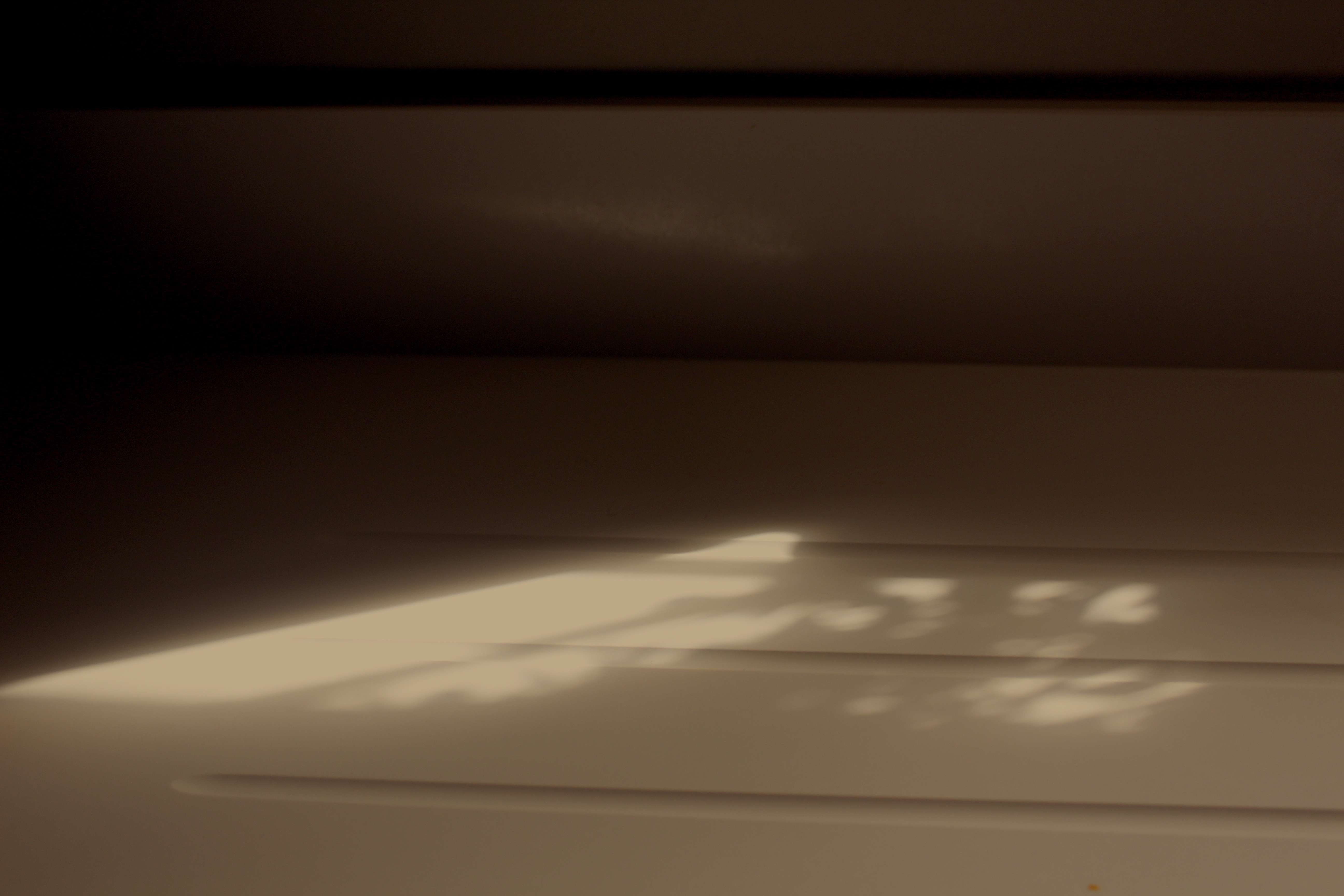
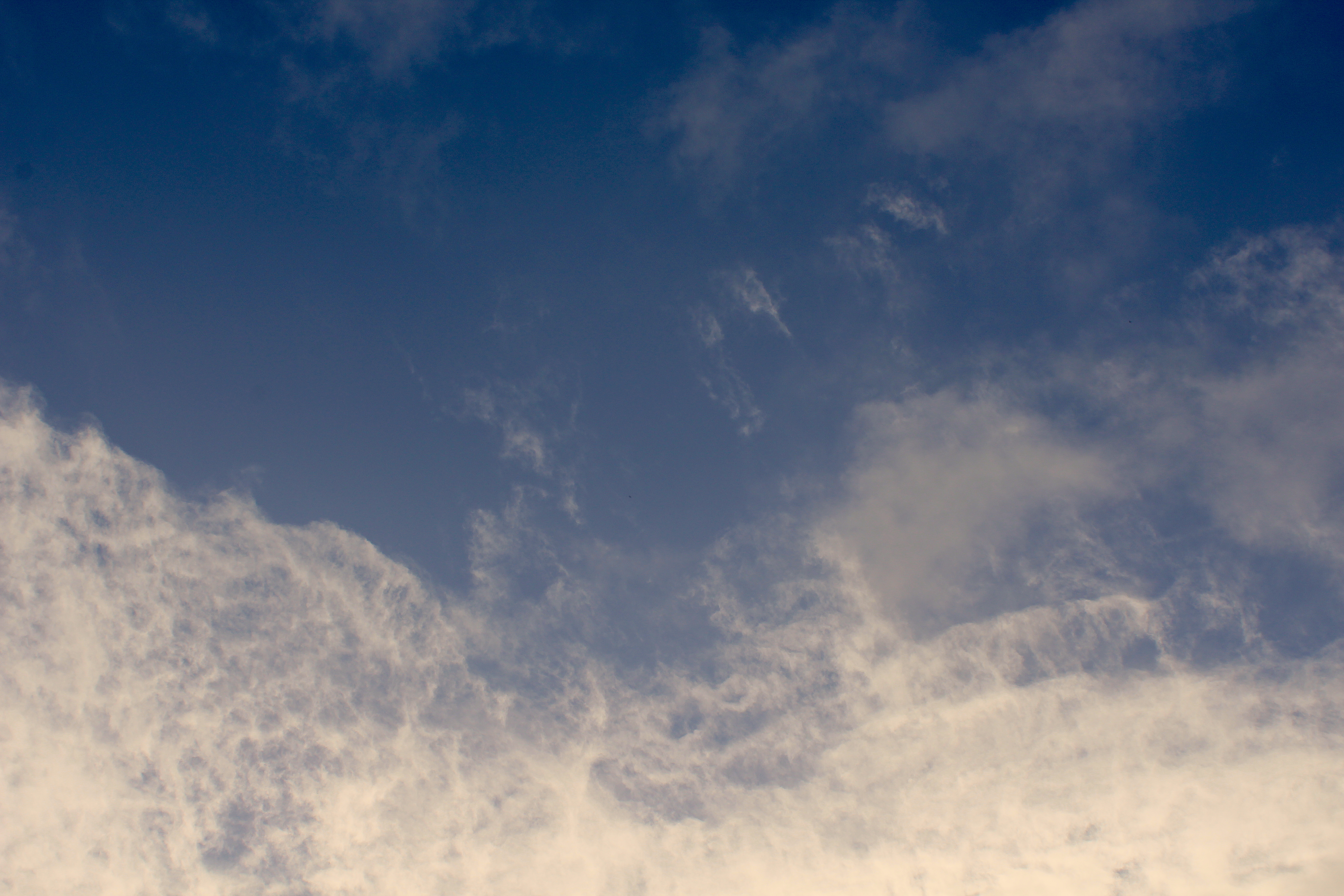
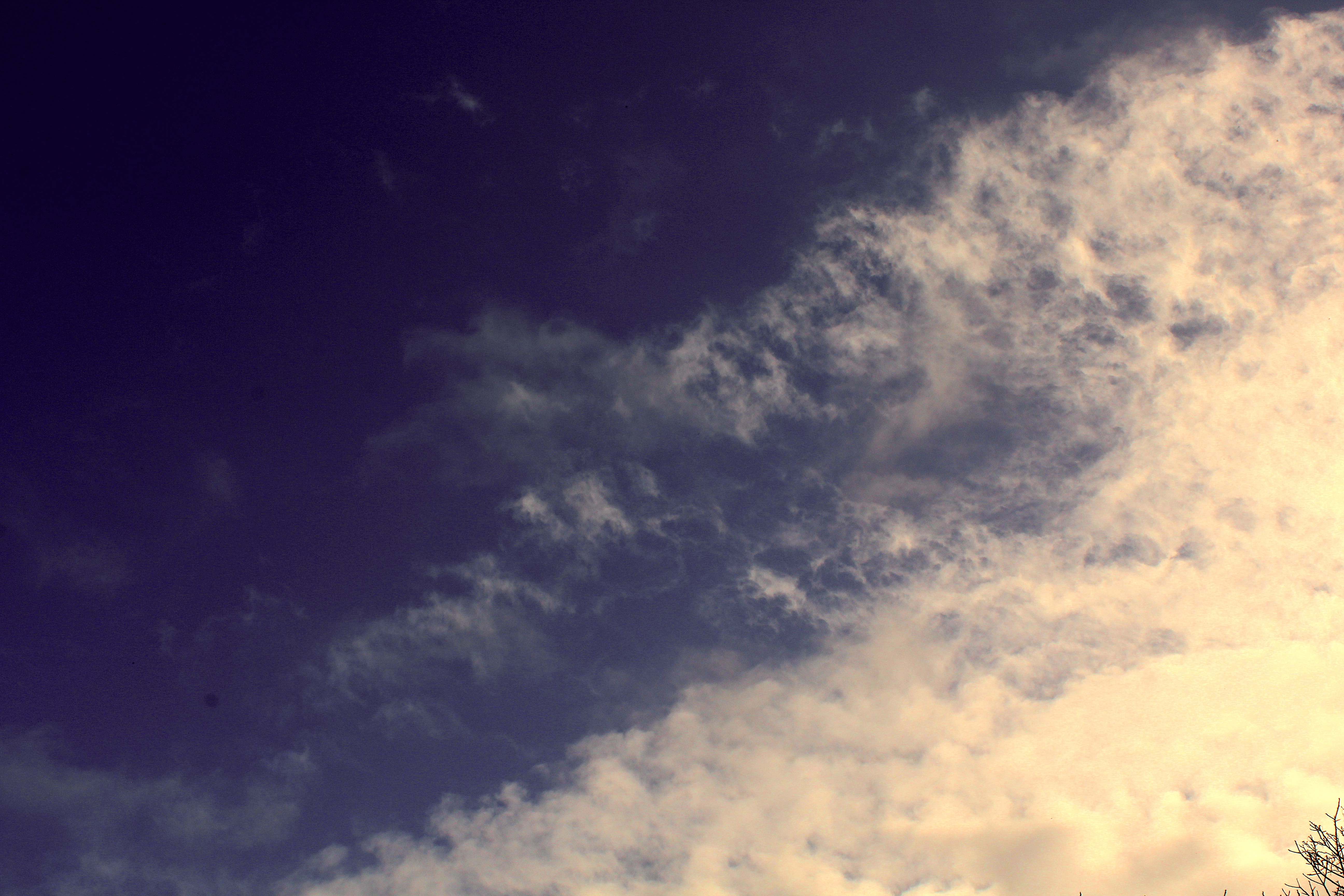
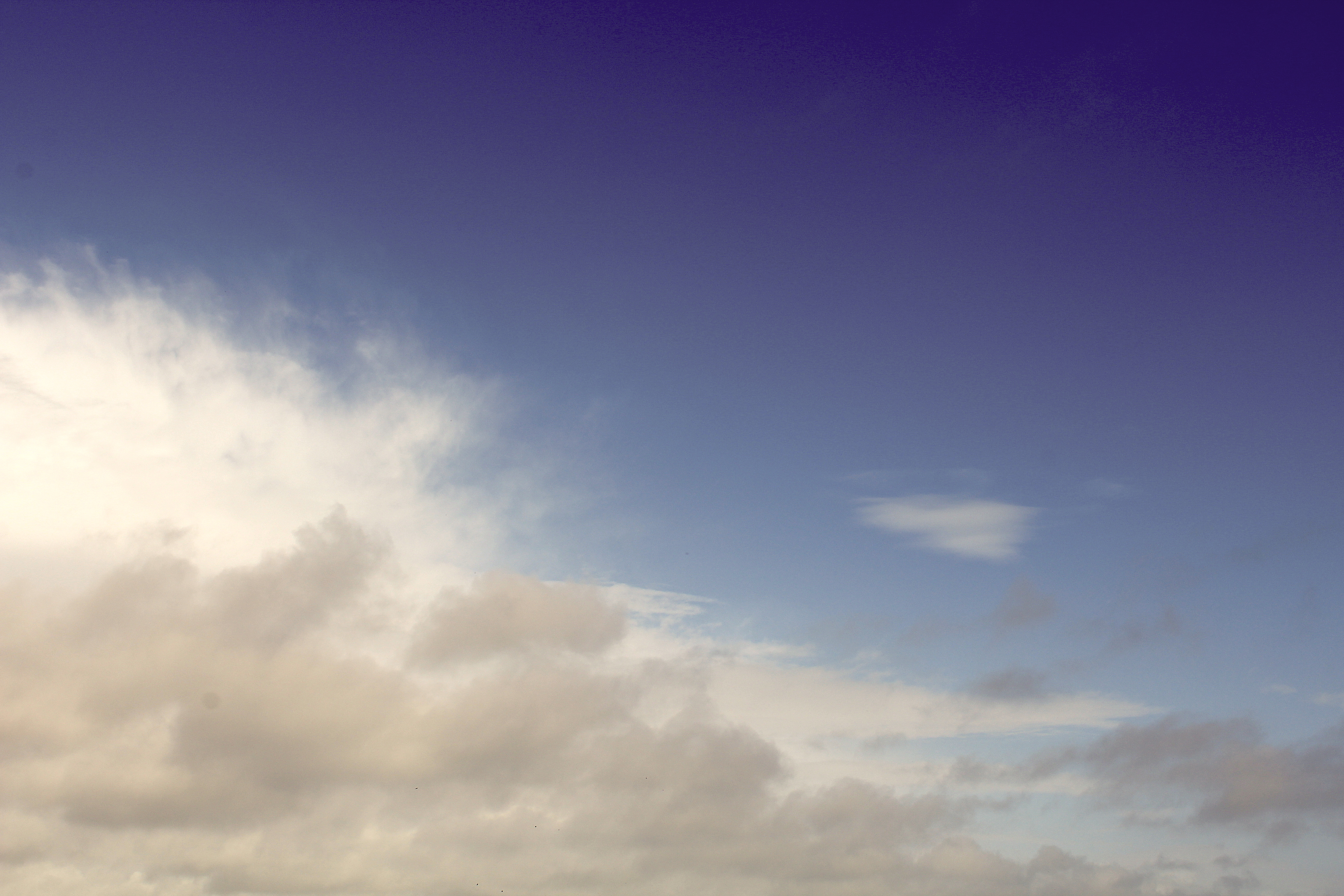
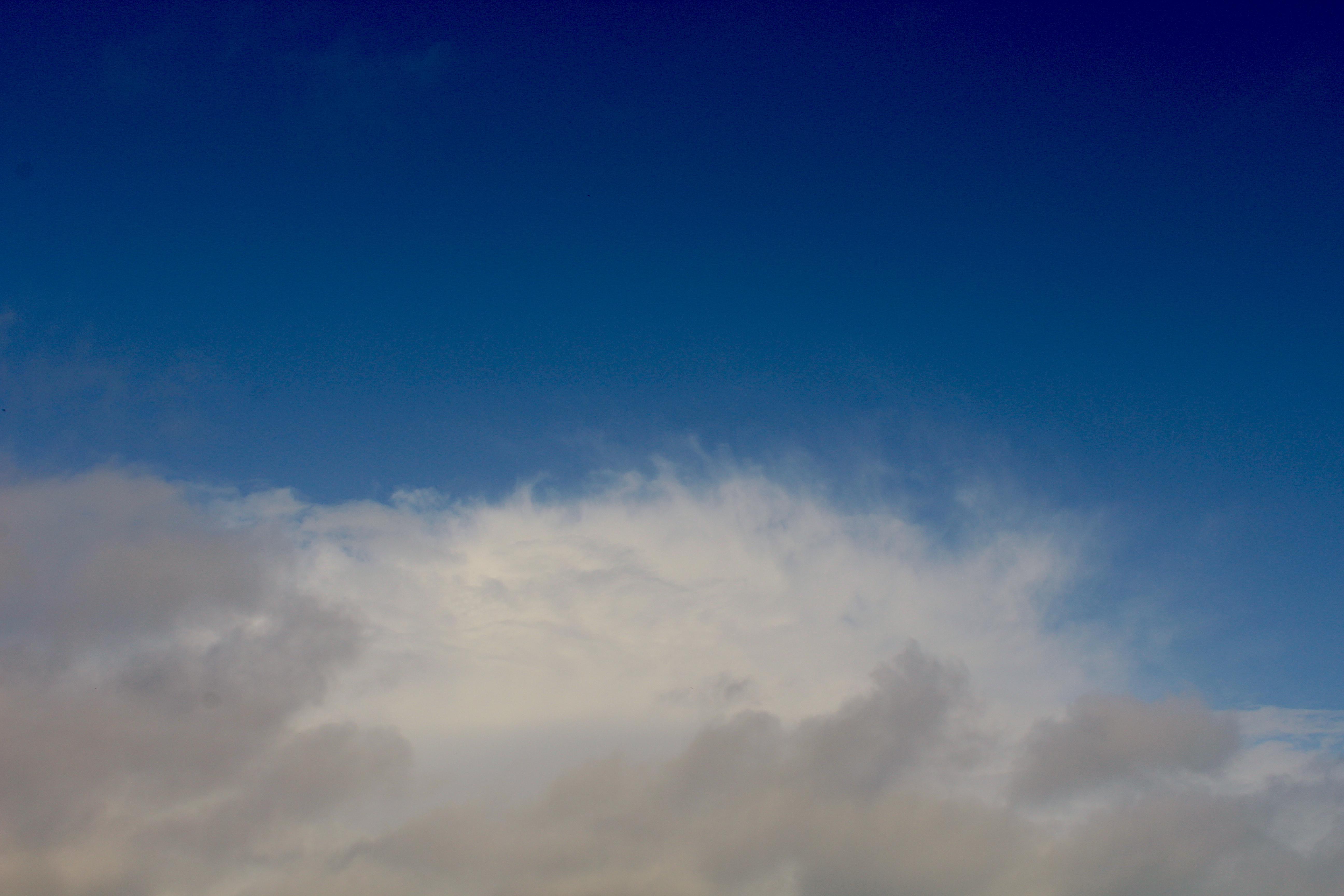


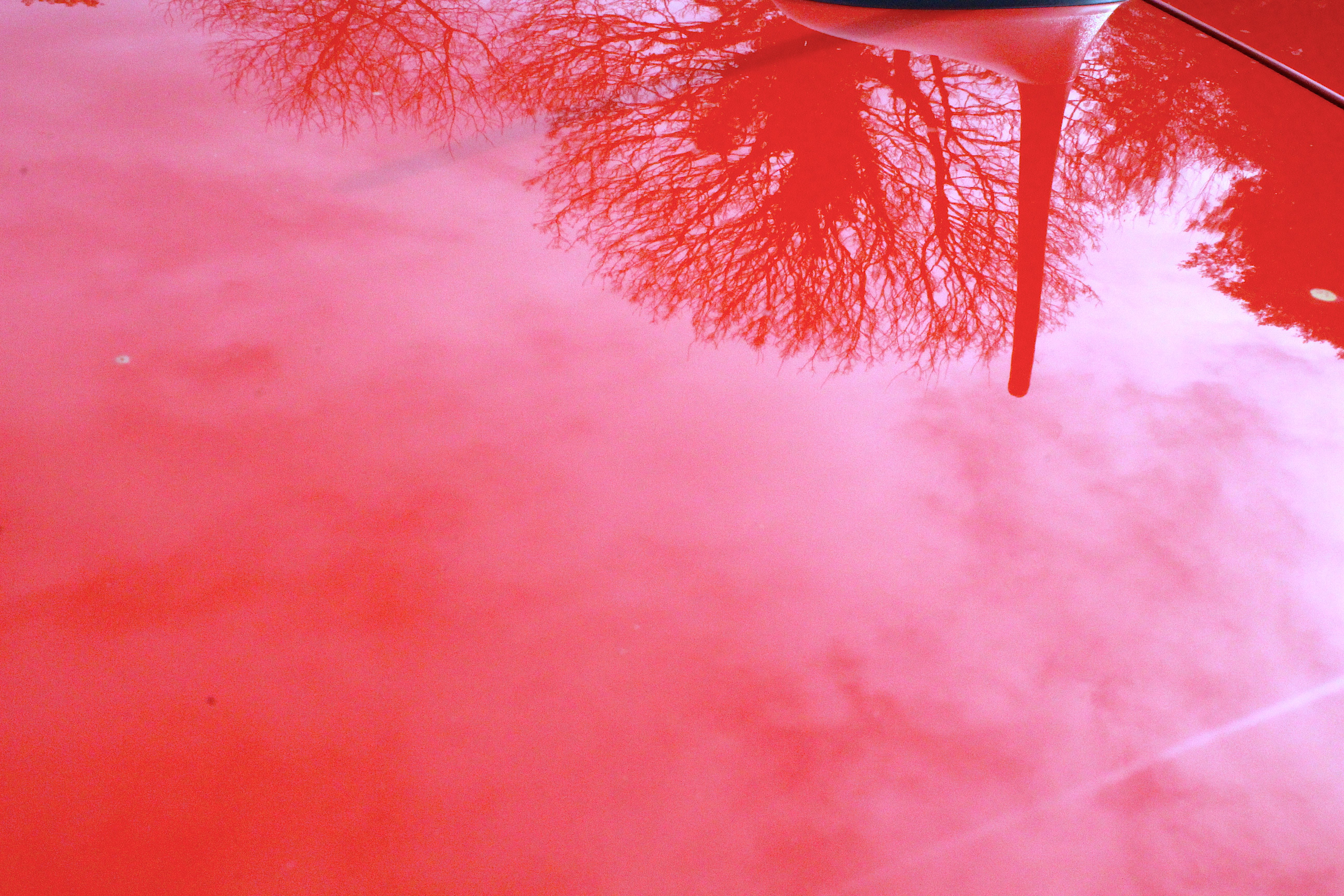
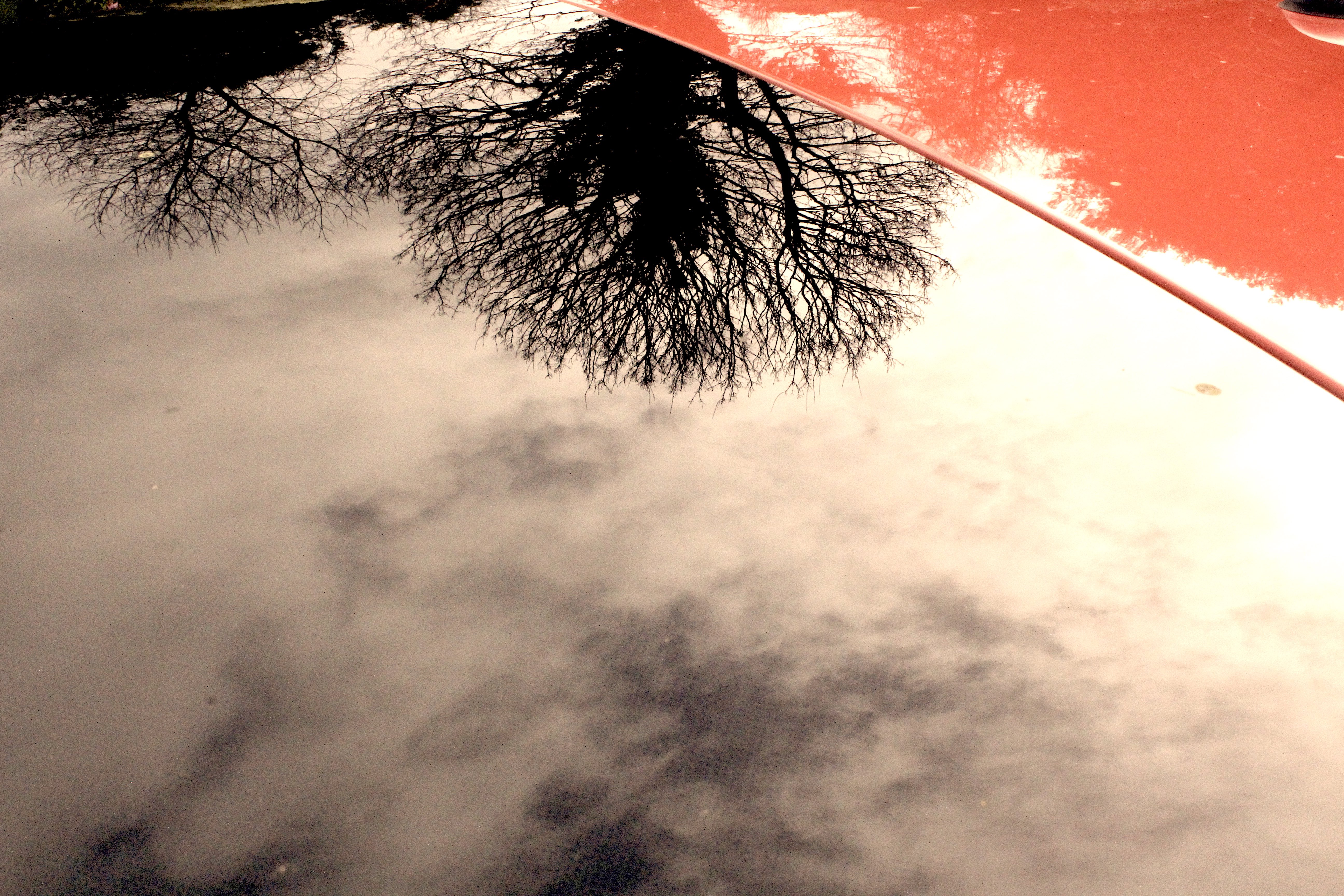

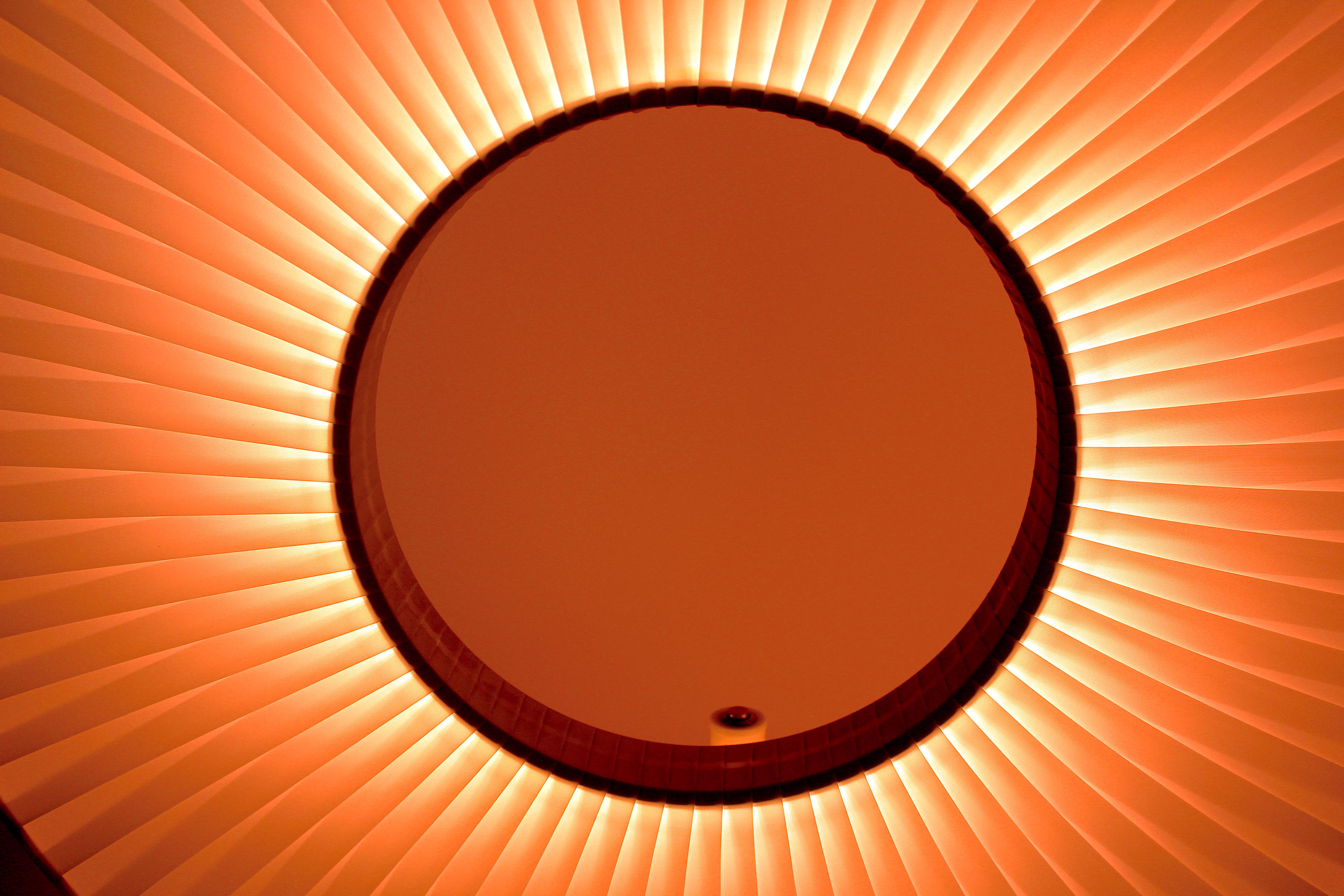
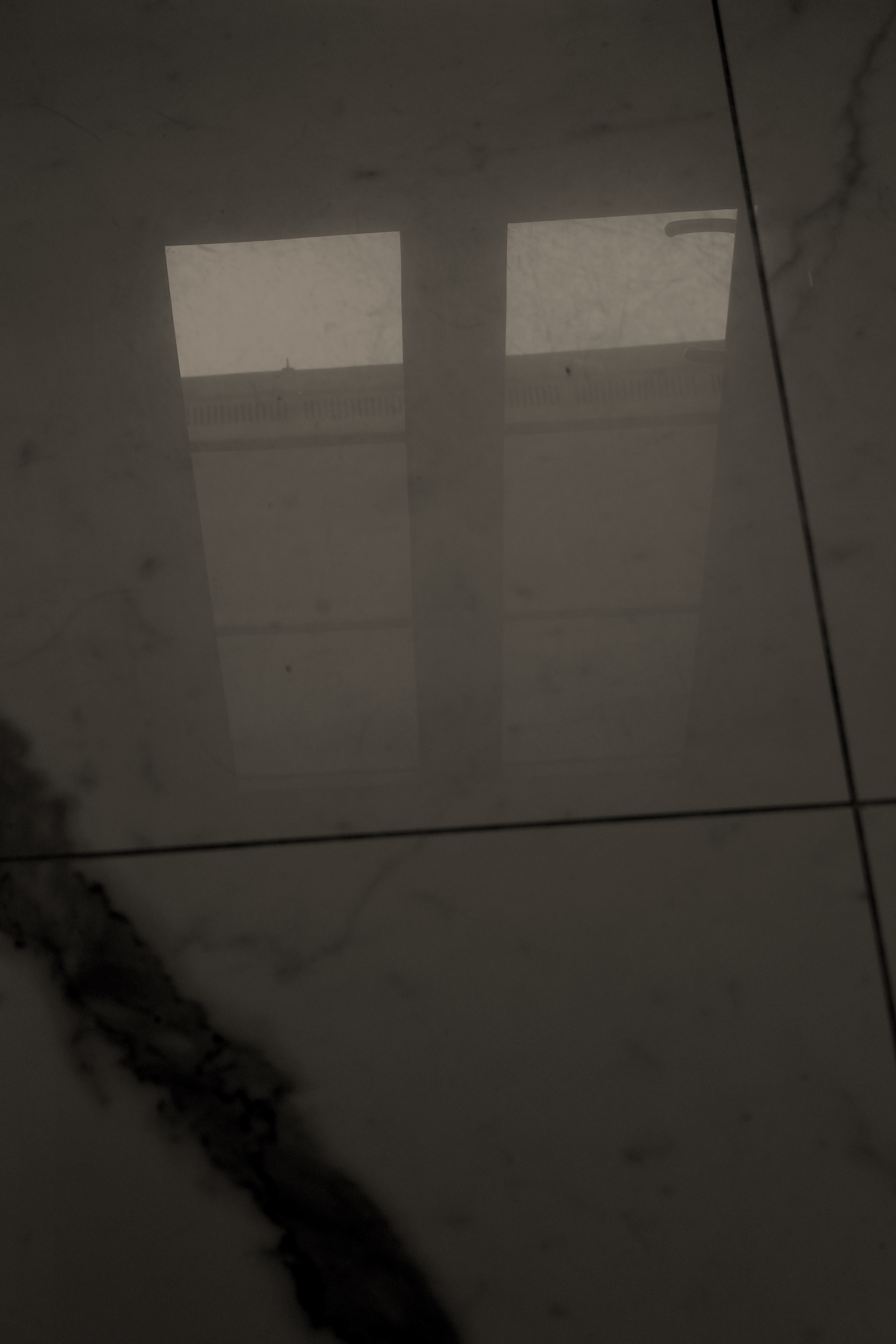
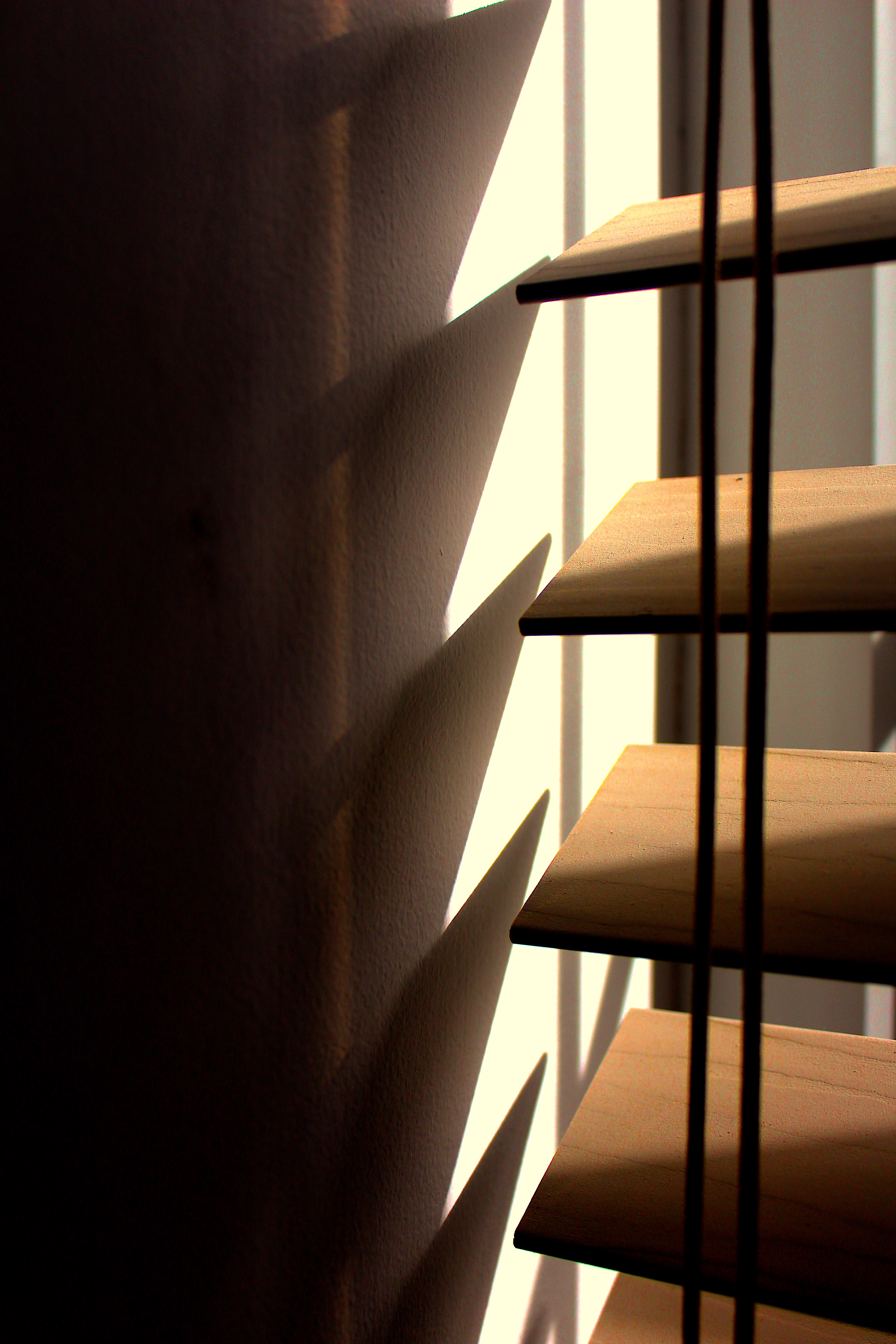
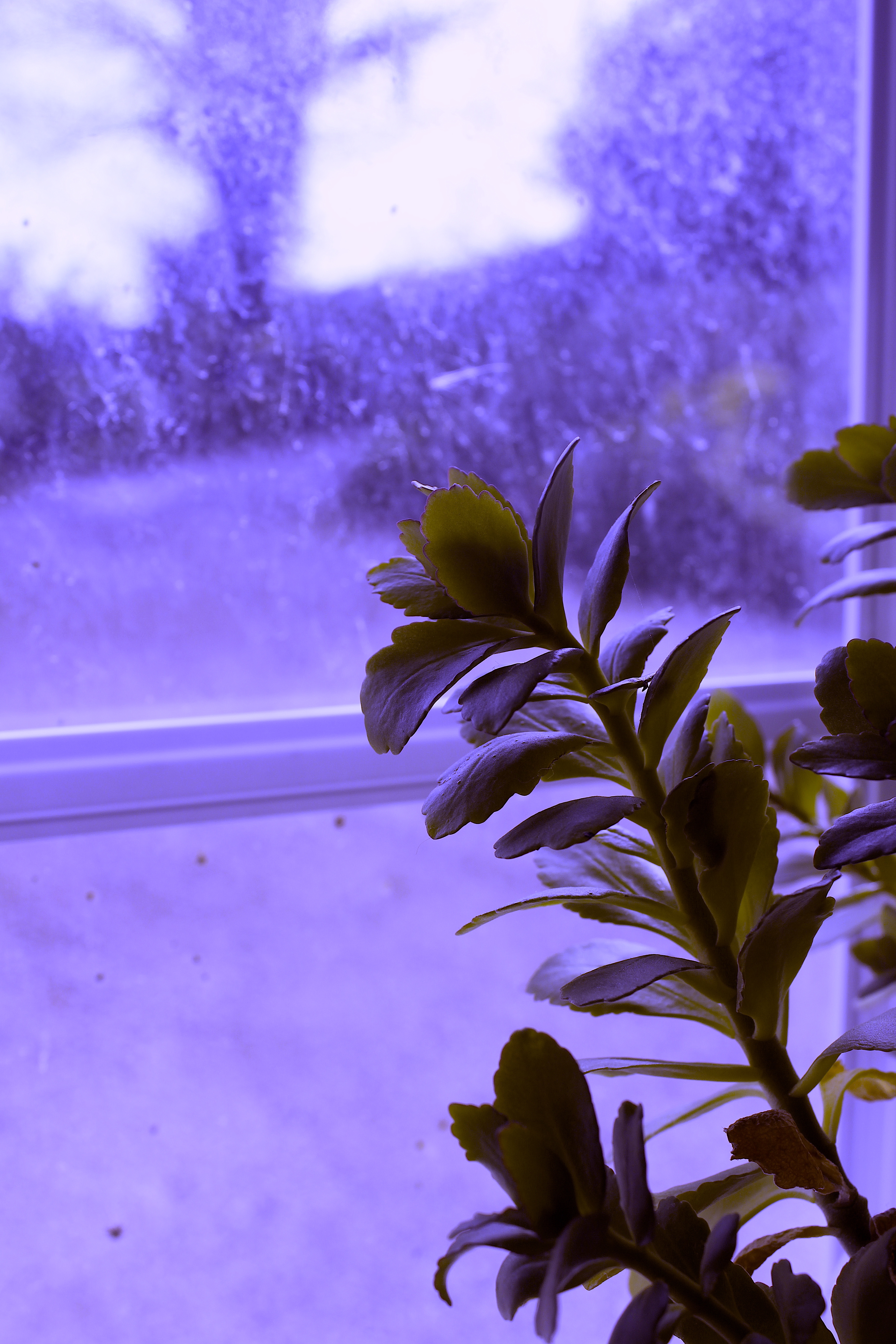
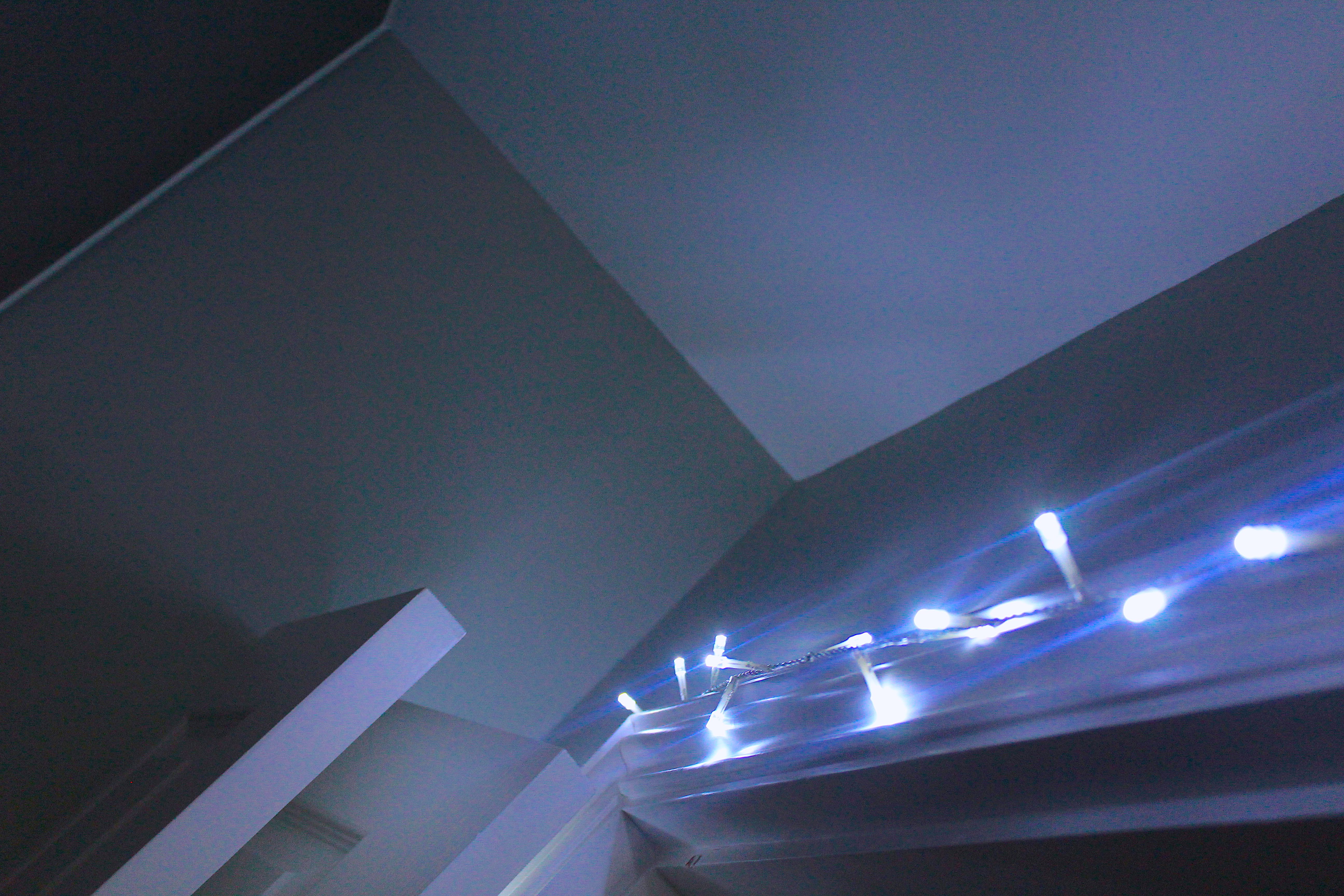

 After looking over some examples of his work I decided that I would analyse one of his images, by doing this it would allow for a greater insight into how these photos are created and what makes them so effective. When looking over the photos it would give me the ability to incorporate the style into my own works, making them more effective as a result. The image I chose for this is called San Luis Potosi 16, a photo of a rotting billboard with deteriorating paper:
After looking over some examples of his work I decided that I would analyse one of his images, by doing this it would allow for a greater insight into how these photos are created and what makes them so effective. When looking over the photos it would give me the ability to incorporate the style into my own works, making them more effective as a result. The image I chose for this is called San Luis Potosi 16, a photo of a rotting billboard with deteriorating paper:
